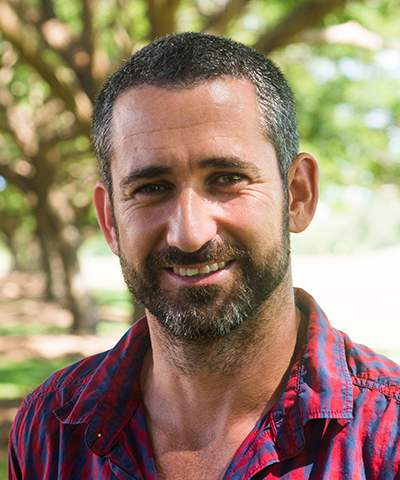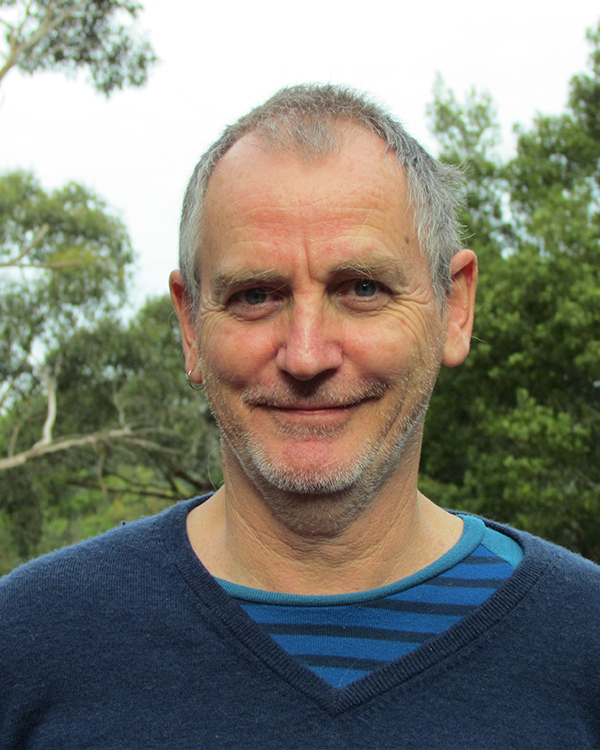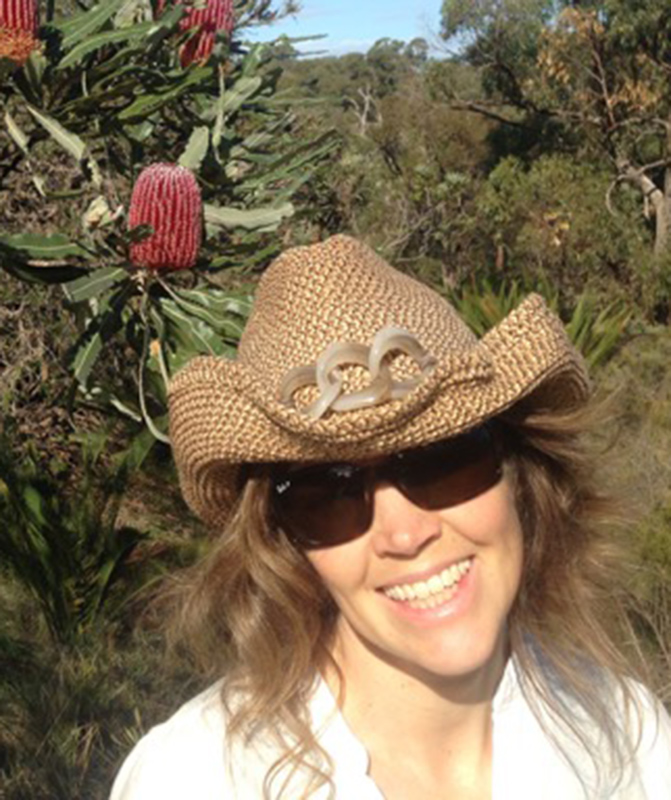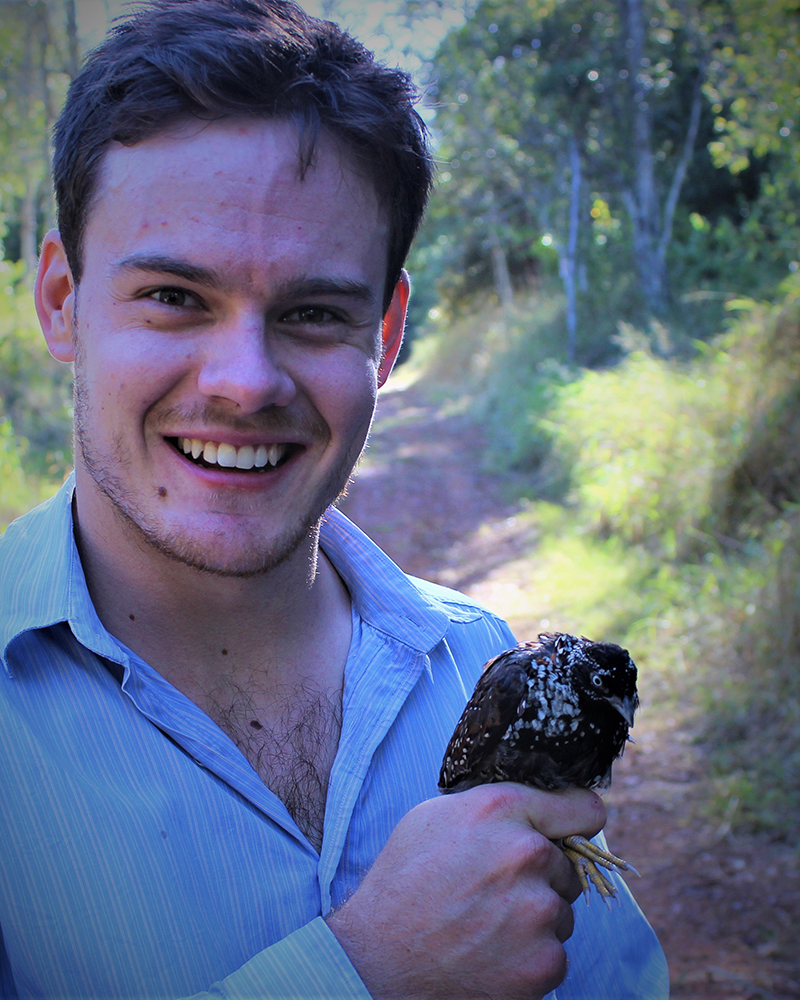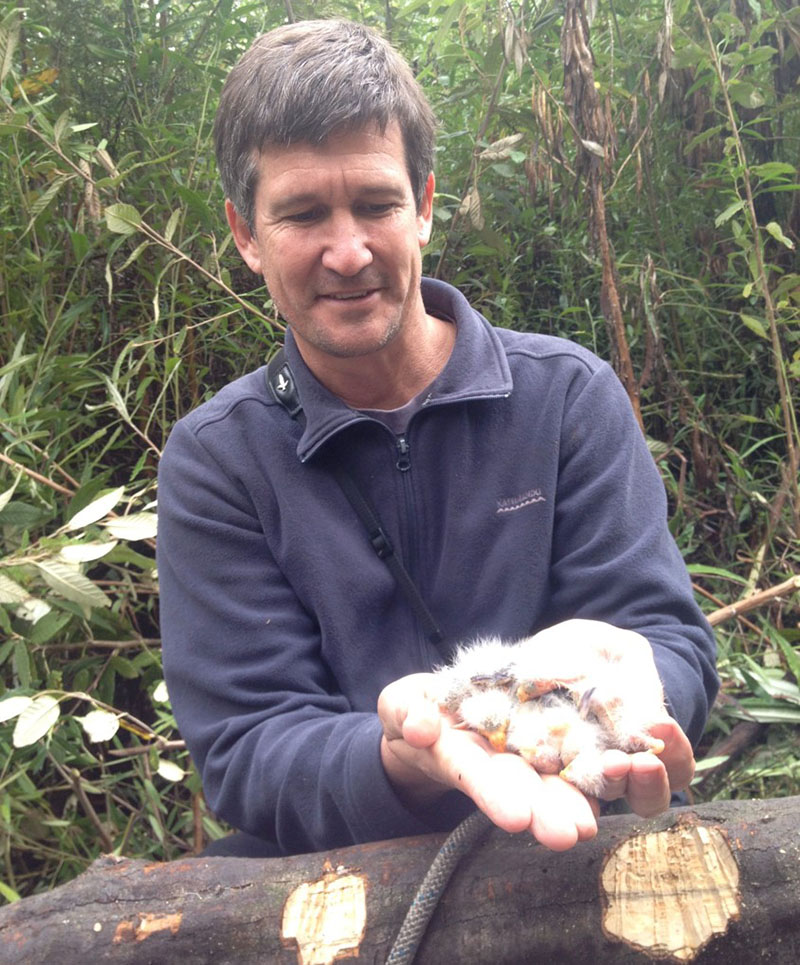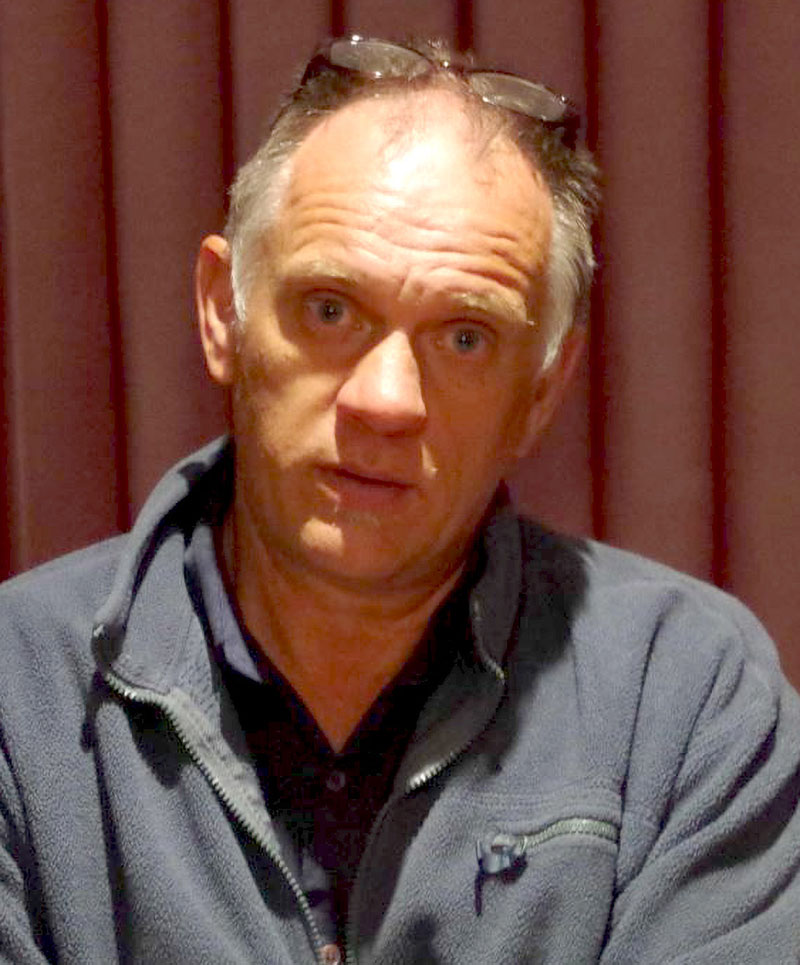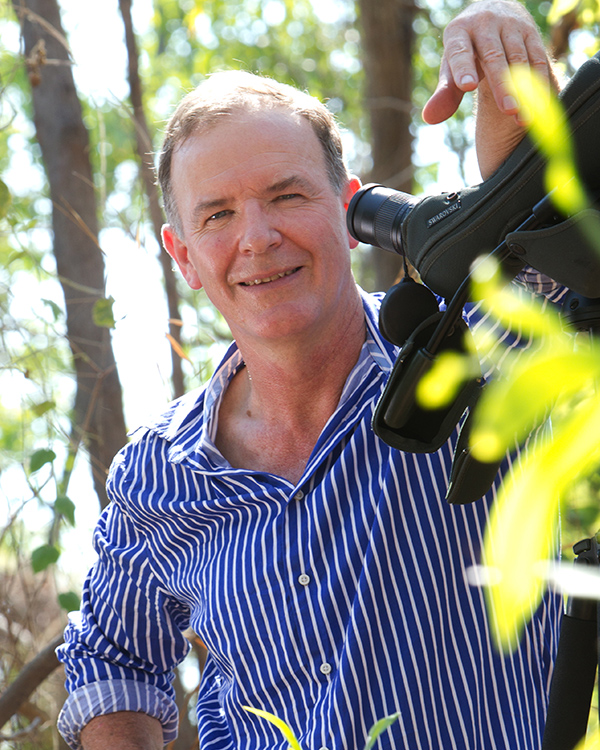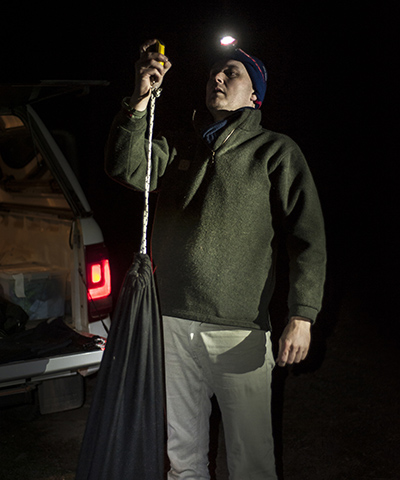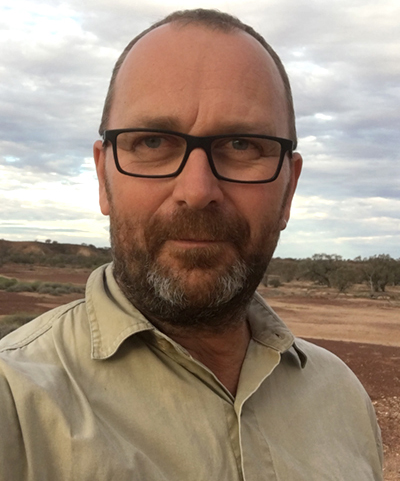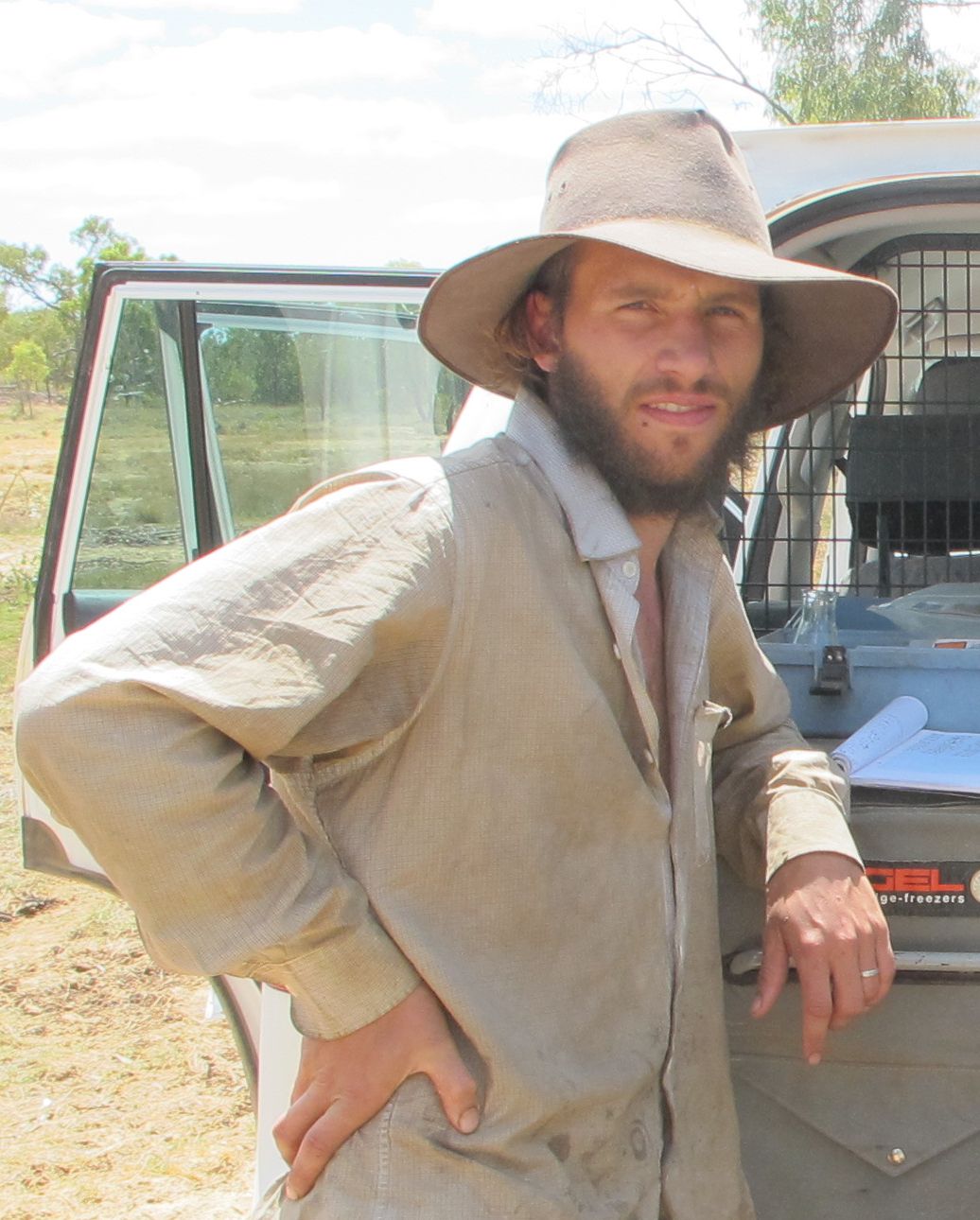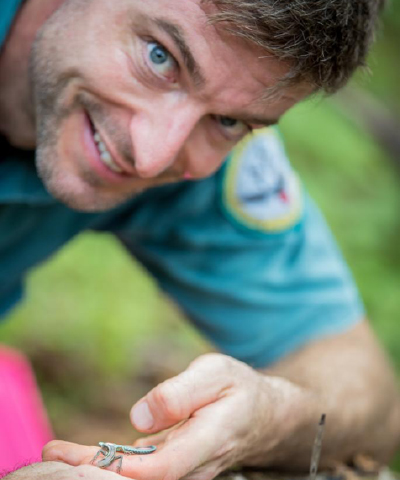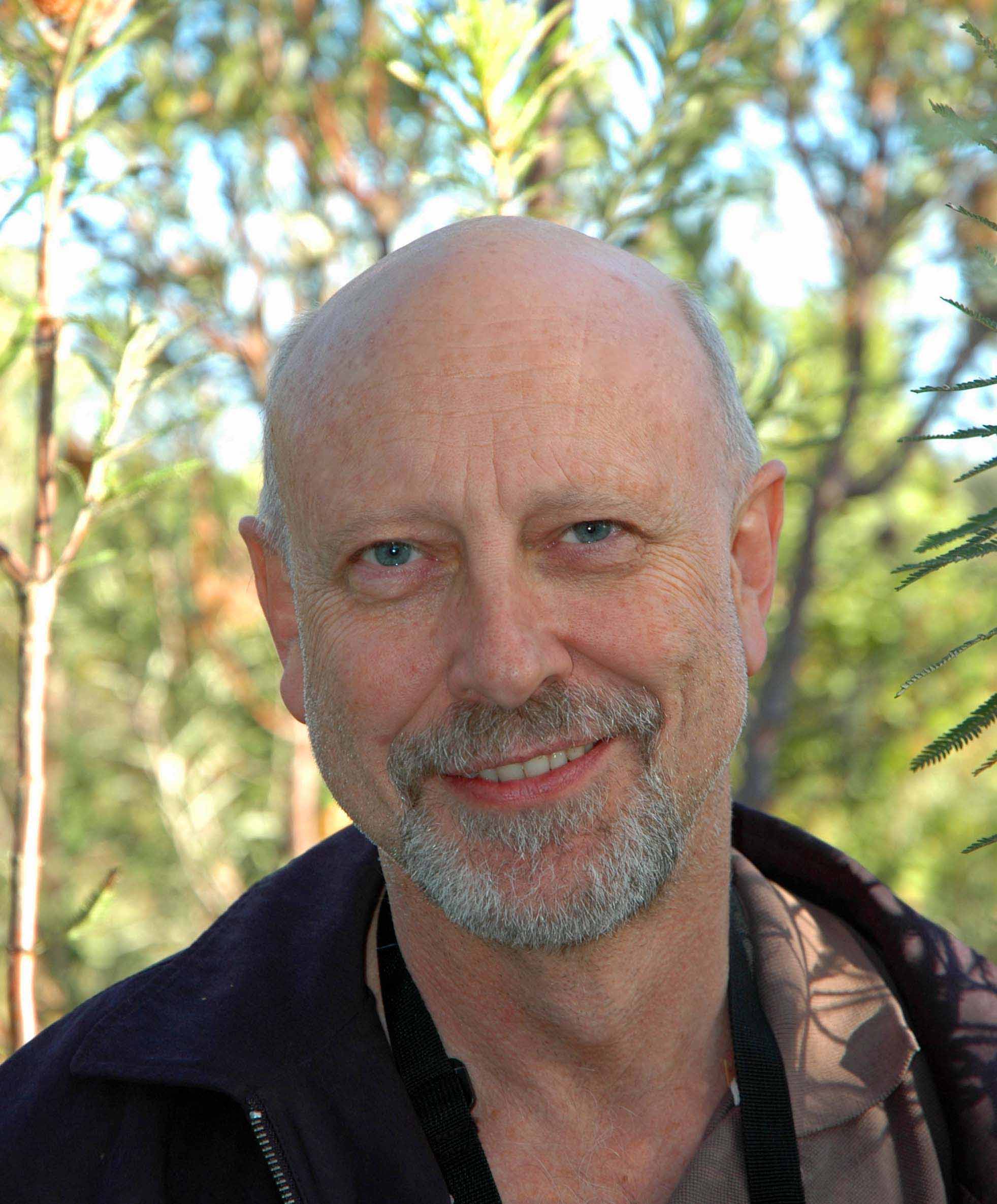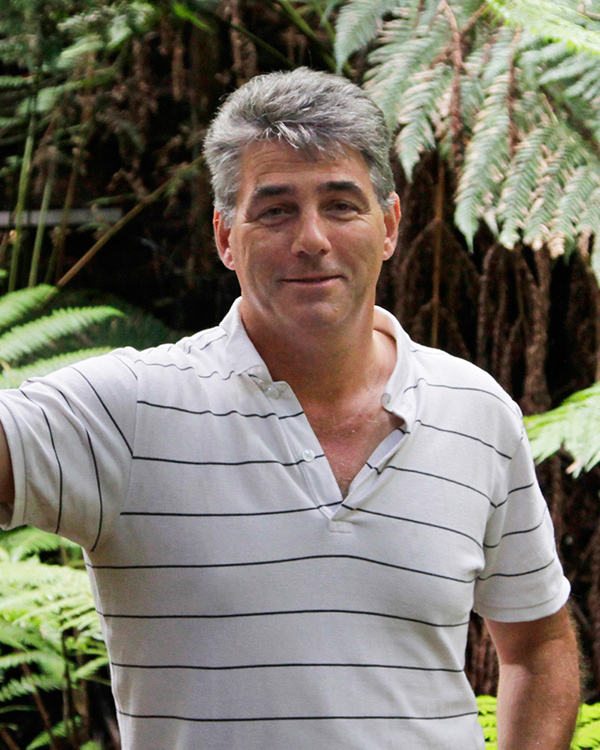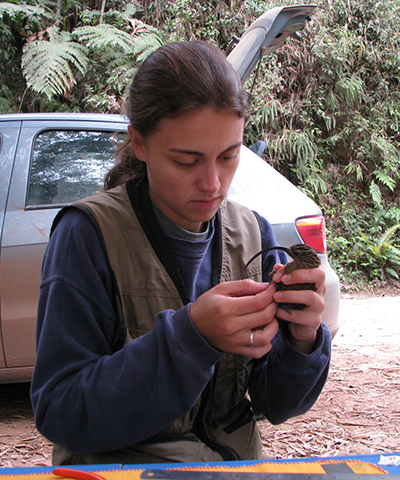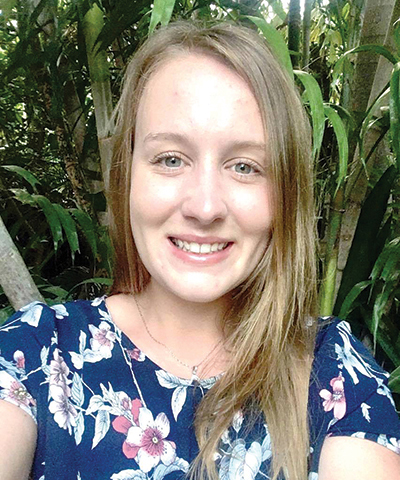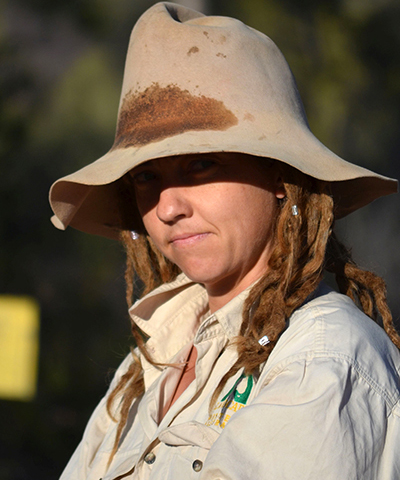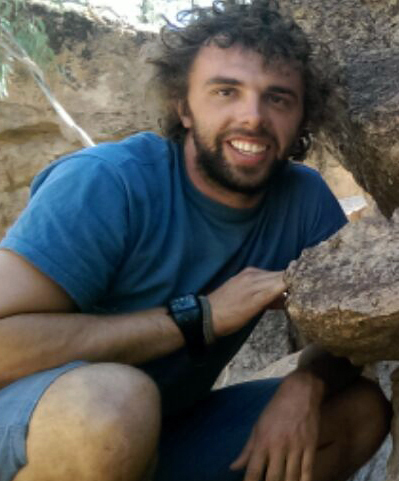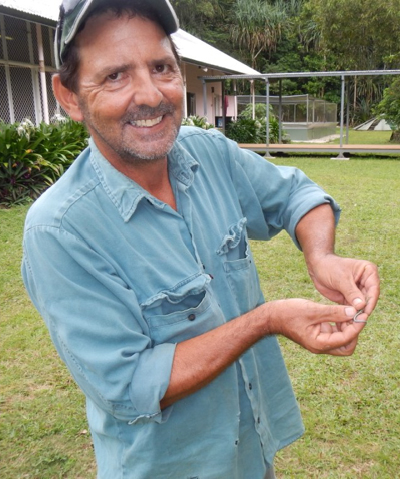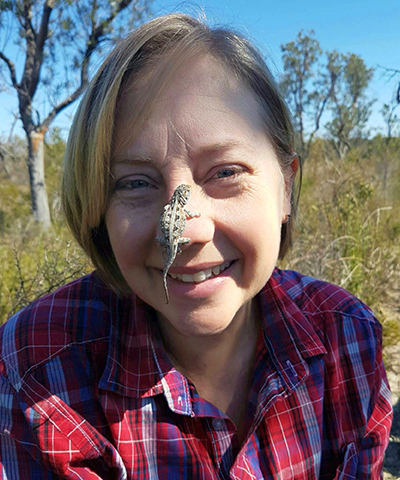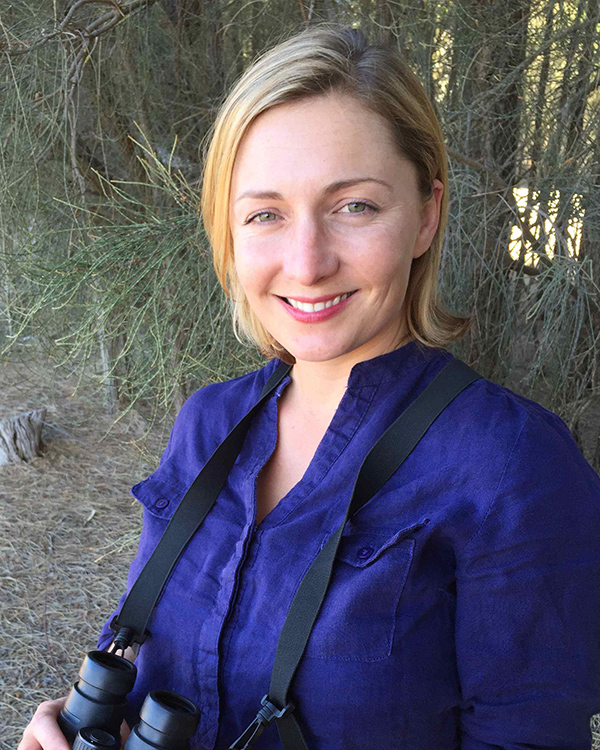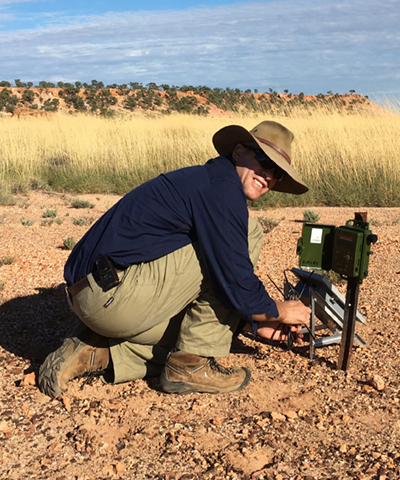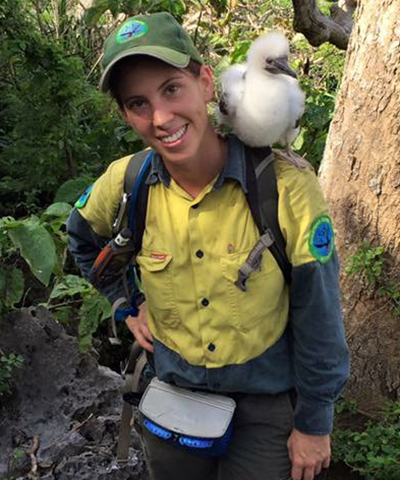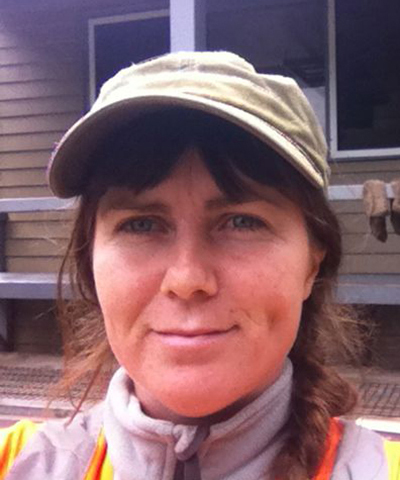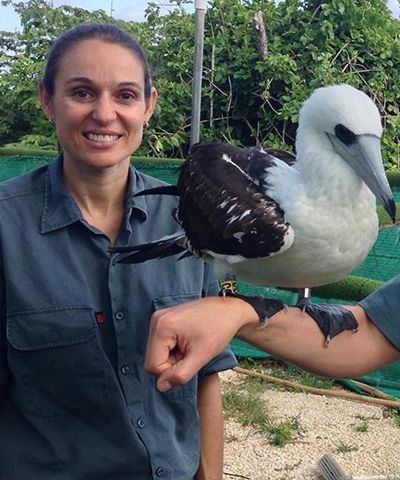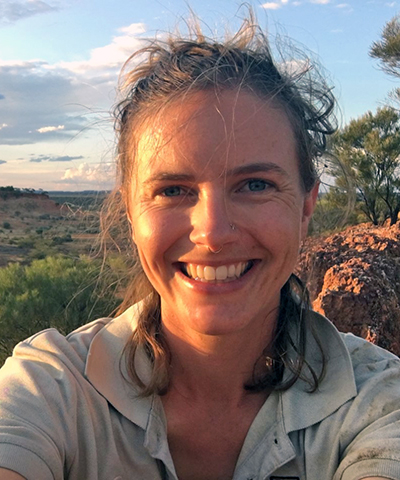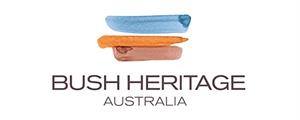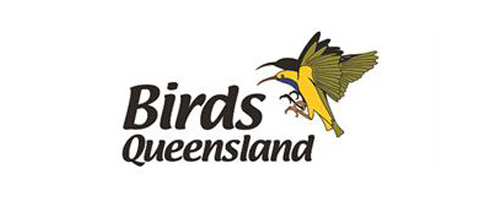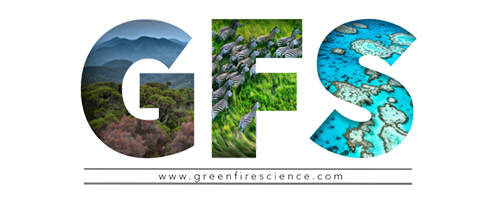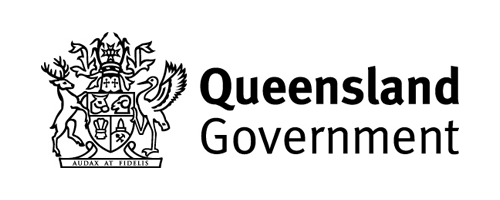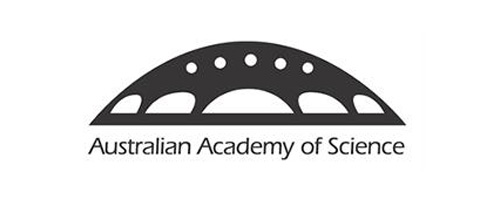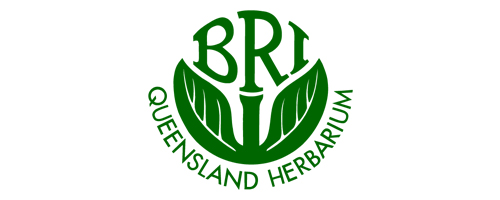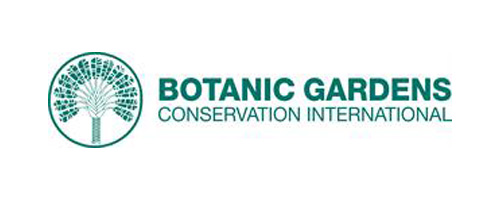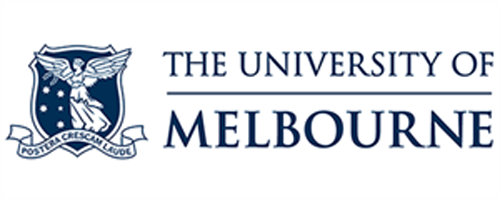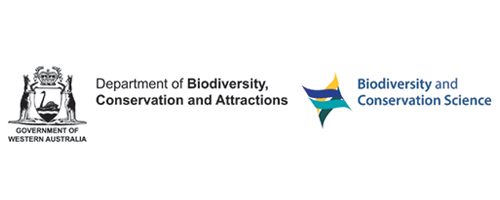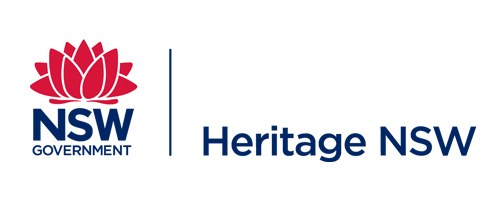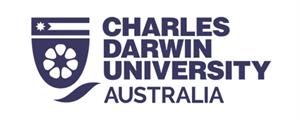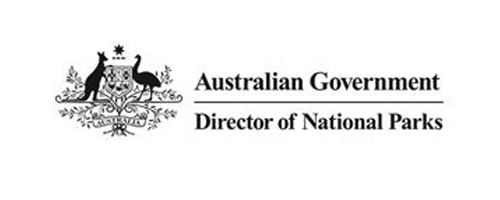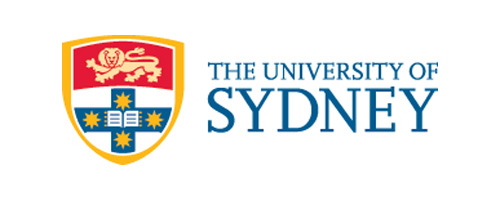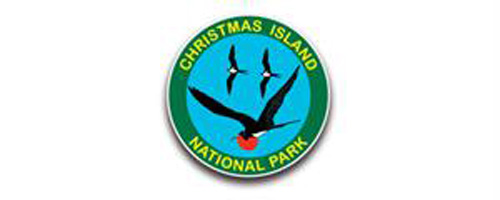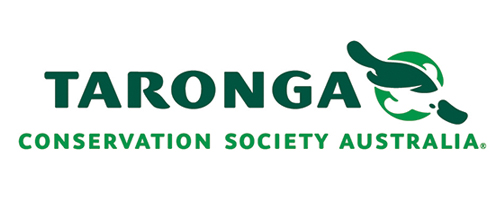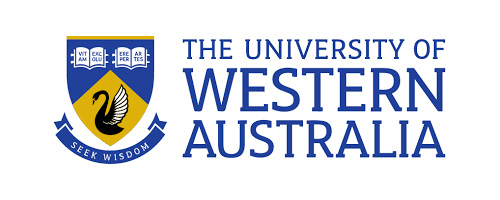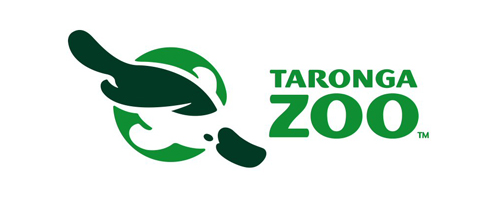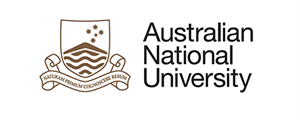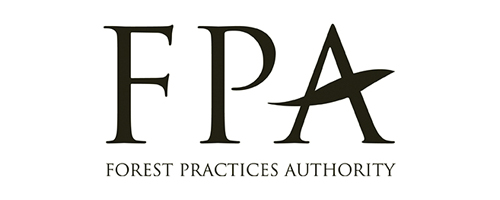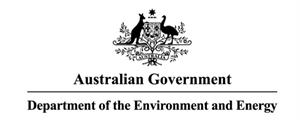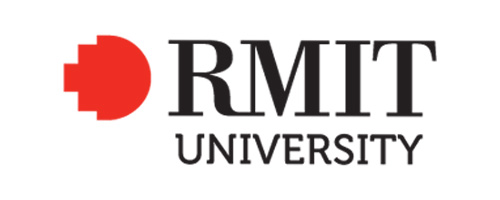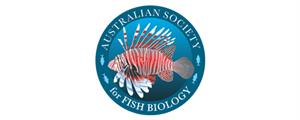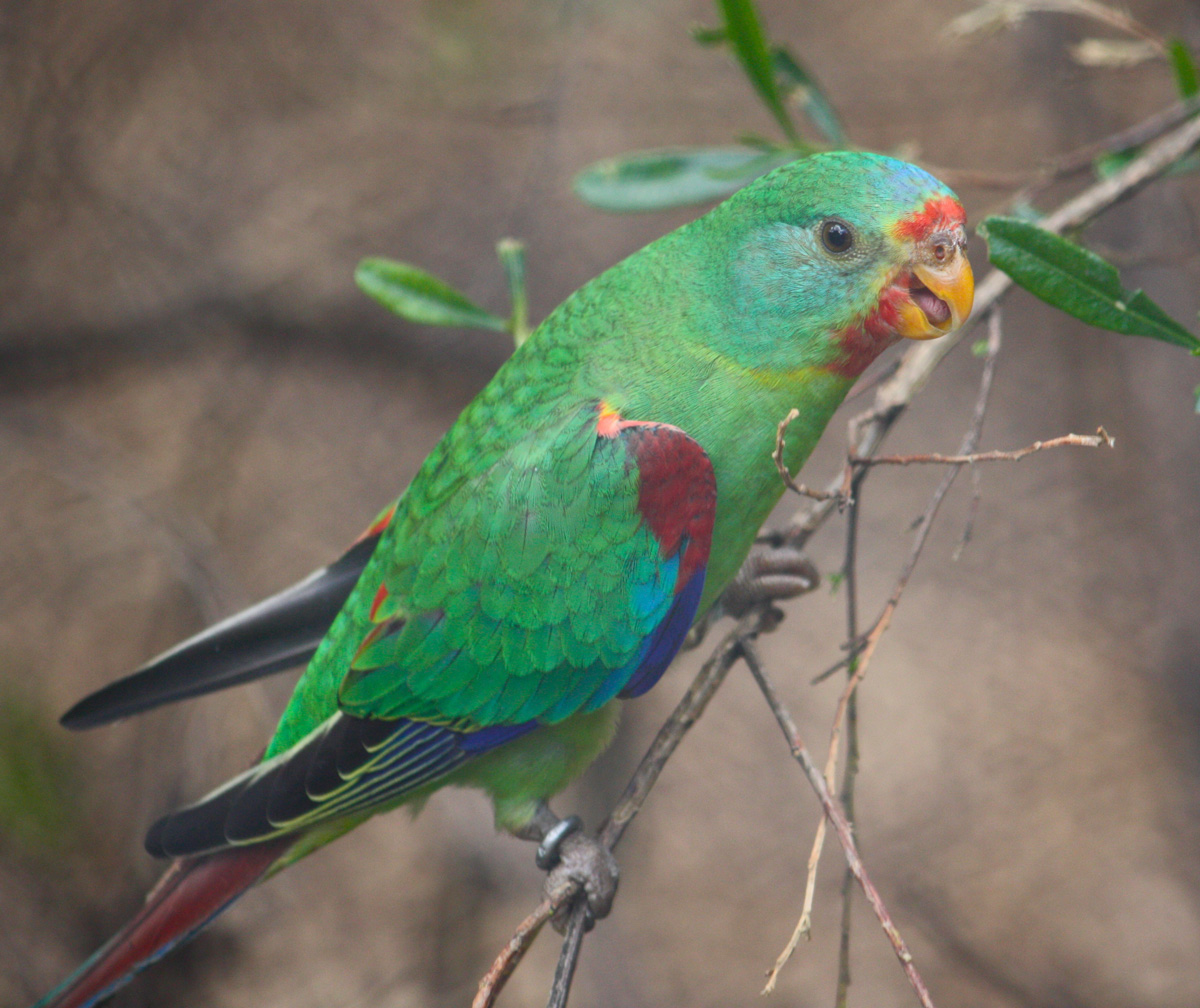
Theme 2.0
Red Hot Red List: no surprises, no regrets
Some recent extinctions in Australia have been predicted, yet occurred nonetheless because management responses were enacted too slowly, ineffectively or not at all.
Such regrets and surprises will be abated by identifying those plants and animals with a high probability of extinction within the next decade, and the critical management responses required to avoid their extinction.
This theme will focus on:
- Emergency care – identifying and prioritising actions to save fauna species at acute risk of extinction
- Meaningful and accessible information on Australia’s most imperilled plants
- Enhancing conservation outcomes for Christmas Island.
Projects
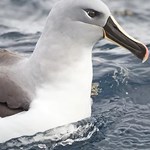
Emergency care – identifying and prioritising action to save fauna species at acute risk of extinction
2.1
This project will identify the Australian animal species at most acute risk of extinction, and identify priority management actions to prevent the extinctions. Initially this has involved mammals and birds, but the methodology is also being applied for other animal species groups where sufficient information is available.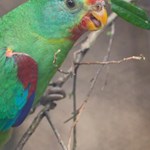
Tackling threats to endangered hollow-nesting birds
2.2
Introduced sugar gliders, habitat loss and native parasites are threatening hollow-nesting birds in Tasmania. This project will focus on managing these threats to ensure the persistence of swift parrots, forty-spotted pardalotes and orange-bellied parrots into the future.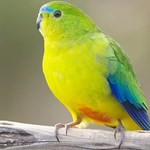
Saving the orange-bellied parrot
2.2.1
The Critically Endangered orange-bellied parrot is one of Australia’s most threatened species, with less than 50 birds remaining in the wild. A captive breeding and release program has so far failed to halt the decline of the species over several decades.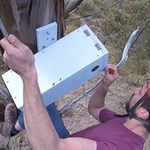
Saving the swift parrot
2.2.2
The swift parrot is a critically endangered species of migratory bird which breeds in Tasmania in summer. This project is undertaking research to better understand the threats it faces, and is developing and trialling innovative new methods to tackle these threats. The aim is to prevent the extinction of the species and to recover numbers.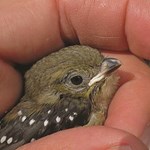
Conservation and management of the endangered forty-spotted pardalote
2.2.3
The forty-spotted pardalote is a small bird endemic to Tasmania. It has suffered severe declines and is now only found in a small part of its former range. Its main threats include habitat loss and fragmentation, introduced predators, competitors, and a parasitic fly causing severe nestling mortality. This project will increase the likelihood of the species surviving in the wild.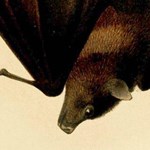
Enhancing threatened species outcomes for Christmas Island
2.3
A collaboration with Parks Australia, this project will provide planning and management for threatened species on Christmas Island. This includes conservation outcomes for the rapidly declining Christmas Island flying-fox, and for two threatened reptile species living in captivity.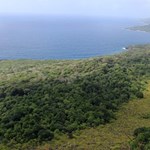
Island-wide spatial conservation planning for Christmas Island
2.3.1
This project will support conservation planning on Christmas Island by developing distribution and habitat models for threatened species and by identifying the areas across the island that are the most important to support these species.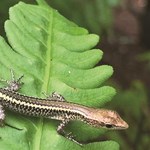
Options beyond captivity for two Critically Endangered Christmas Island reptiles
2.3.2
The blue-tailed skink and Lister’s gecko are endemic to, and were once common on Christmas Island but became extinct in the wild over the last 1-2 decades. This project is contributing to Parks Australia’s management, by evaluating options for these two species outside captivity.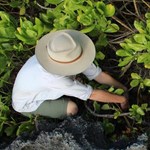
Optimising the benefits of feral cat control on Christmas Island
2.3.3
This project seeks to understand the likely impacts of cat control on invasive rats, and on the native species that rats prey on. The research will inform strategic management to optimise the outcomes from cat control on Christmas Island.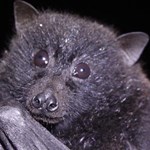
Conservation of the Christmas Island flying-fox
2.3.4
This project will consider a wide range of threats to the Critically Endangered Christmas Island flying-fox, including disease, mining and habitat loss, and invasive species.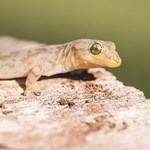
Combatting an emerging disease threatening endangered Christmas Island reptiles
2.3.5
The blue-tailed skink and Lister’s gecko are critically endangered, currently extinct in the wild, and persist only within a captive breeding program. This research will build on preliminary findings to develop a critical understanding of a novel bacterial disease, how it interacts with these two reptiles and their environments, and if and how it can be managed.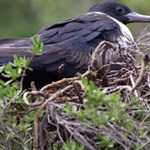
Christmas Island frigatebird: Workshop focusing on research and management priorities
2.3.6
The Christmas Island frigatebird is listed as Endangered under the EPBC Act, listed globally as Critically Endangered and is a specially listed priority bird species in the Threatened Species Strategy. The project consisted of a workshop held in March 2018 involving national and international experts.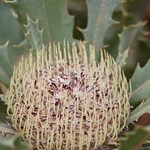
National Action Plan for Australia’s most imperilled plants
2.4
This project will create a Red Hot List of Australia’s 100 most threatened plant species and a National Action Plan to bring together key information on these species to create a prioritised plan for action. The project will also undertake field based research to fill critical knowledge gaps about poorly known but potentially imperilled species.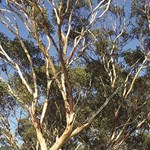
Developing a national action plan for Australian eucalypts
2.4.1
This project will identify the Australian eucalypts most at risk of extinction in order to inform the conservation planning needs of this most iconic plant group. The work of this project will thus become the basis of an action plan for Australia’s eucalypts.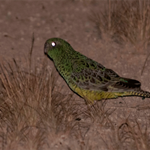
Conservation of the Night Parrot
2.5
The Night Parrot was ‘missing’ for nearly a century. Since its rediscovery in western Queensland in 2013, we are building knowledge of its ecology, the threats it faces, its status, and how to manage the landscape for its conservation. This project will build on previous research to enable land managers to make better decisions on how to conserve the parrot.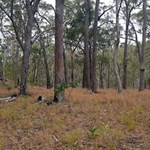
Essential research to secure the buff-breasted button quail
2.6
The buff-breasted button-quail is arguably the most poorly known of all Australian birds. The species is currently listed as Endangered under the EPBC Act with a population estimate of as few as 500 birds.Project Leaders
Project Team
Related News
-
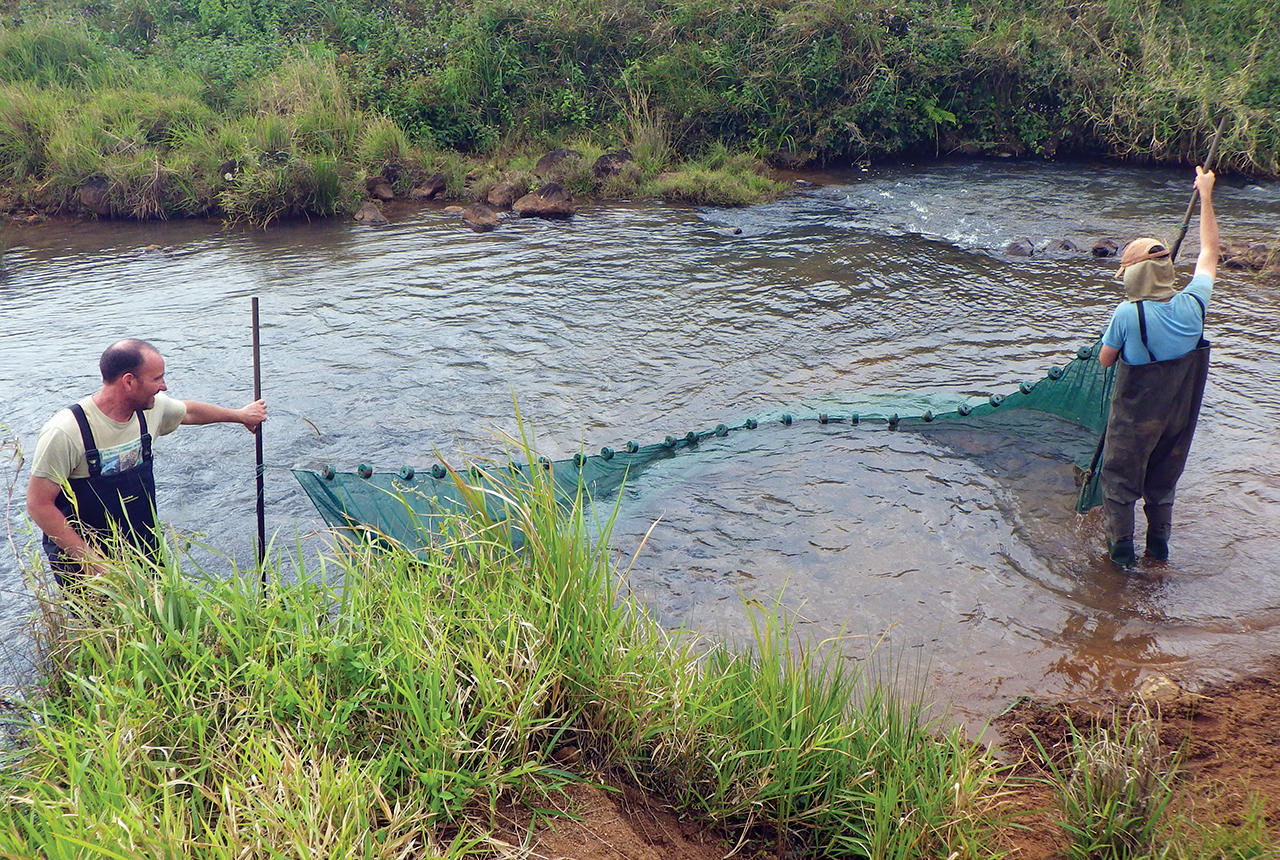
Big trouble for little fish: The 22 freshwater fishes at risk of extinction
Wednesday, 21 October 2020 -

Unique yet neglected: The Australian snakes and lizards on a path to extinction
Tuesday, 10 November 2020 -
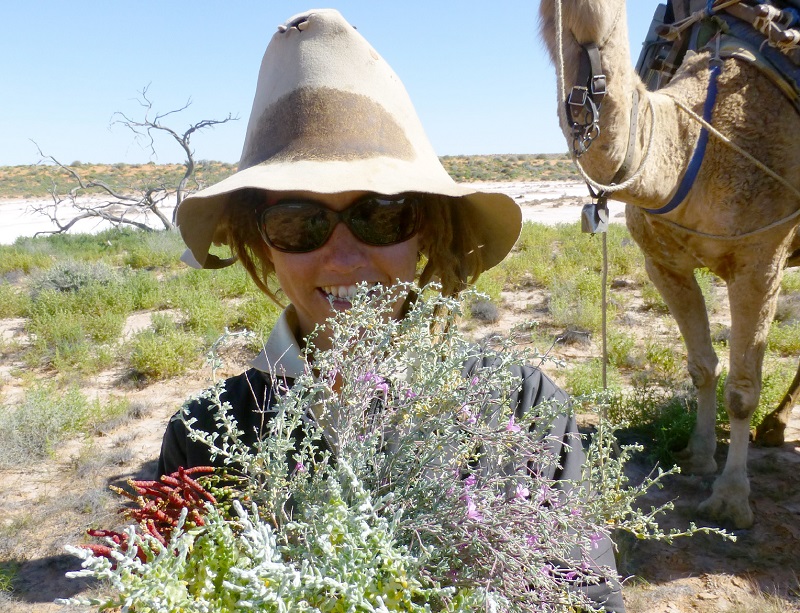
A Red Hot List for threatened plants
Monday, 07 August 2017 -
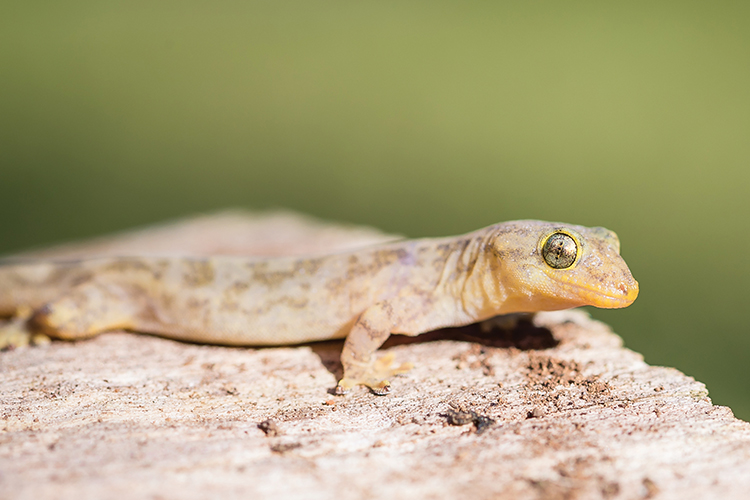
A review of listed extinctions in Australia
Tuesday, 12 November 2019 -
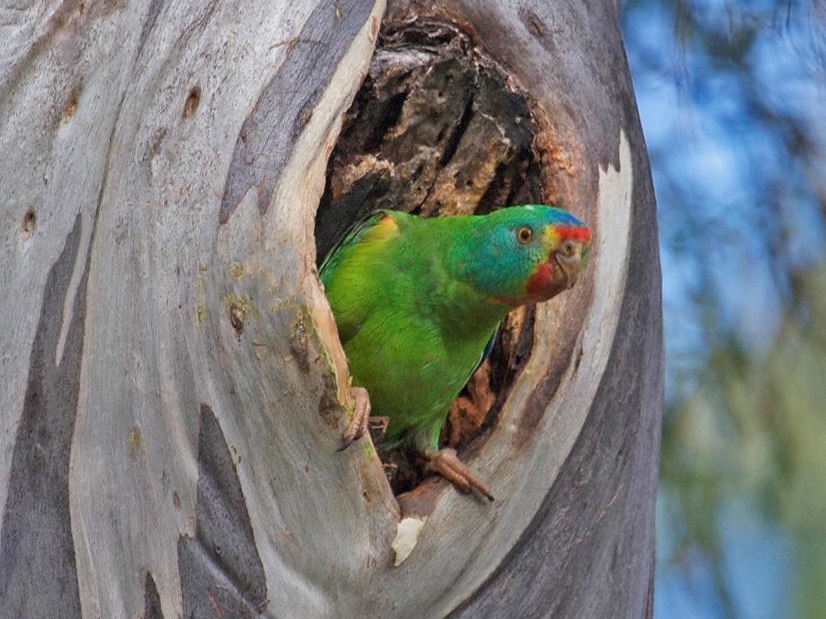
Addressing a swift-parrot housing crisis
Wednesday, 07 December 2016 -
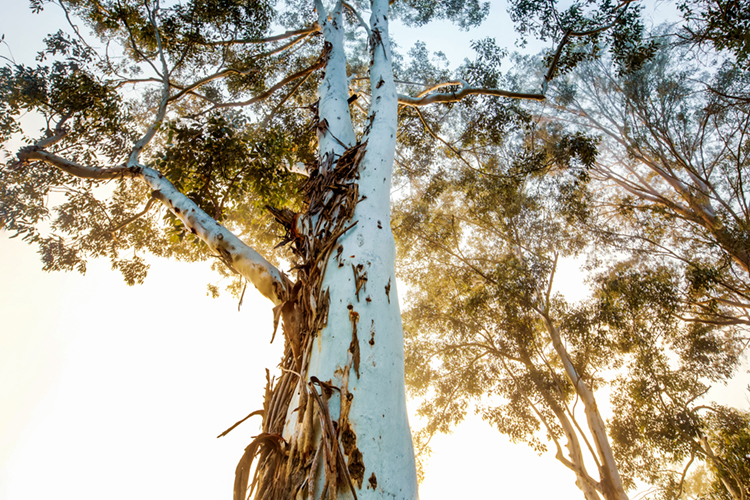
Australia’s best eucalypt photos put spotlight on worrying trend
Tuesday, 18 February 2020 -
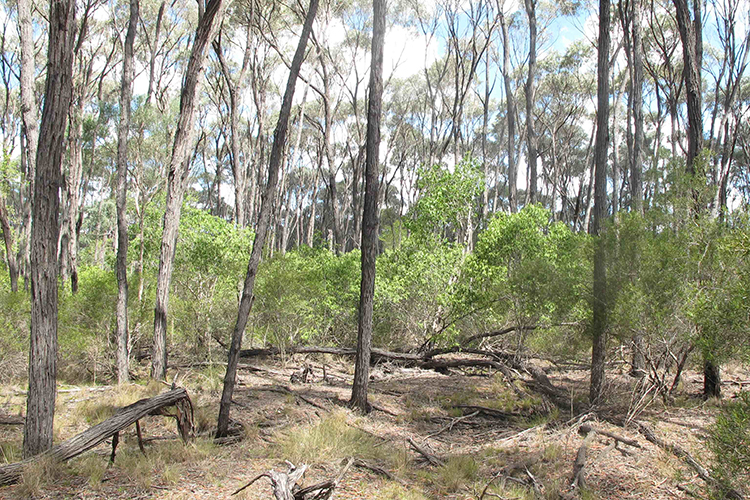
Australia’s Brigalow forests almost gone in 60 years
Tuesday, 05 September 2017 -

Beyond captivity for Christmas Island reptiles
Tuesday, 26 November 2019 -
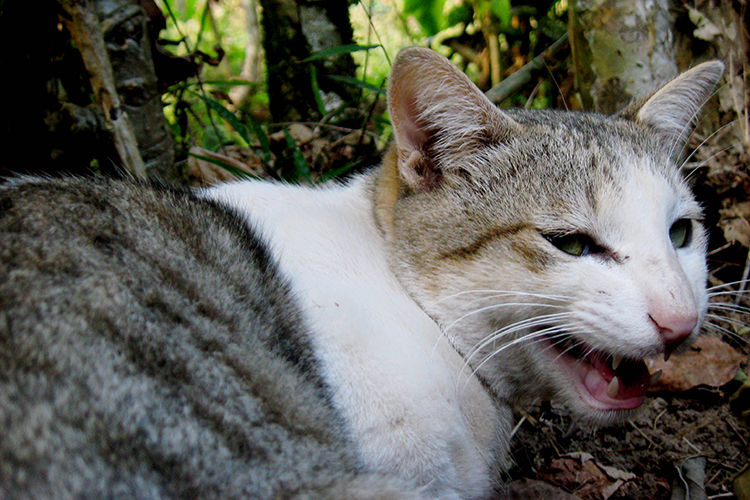
Cat eradication to help threatened species on Christmas Island
Tuesday, 05 September 2017 -
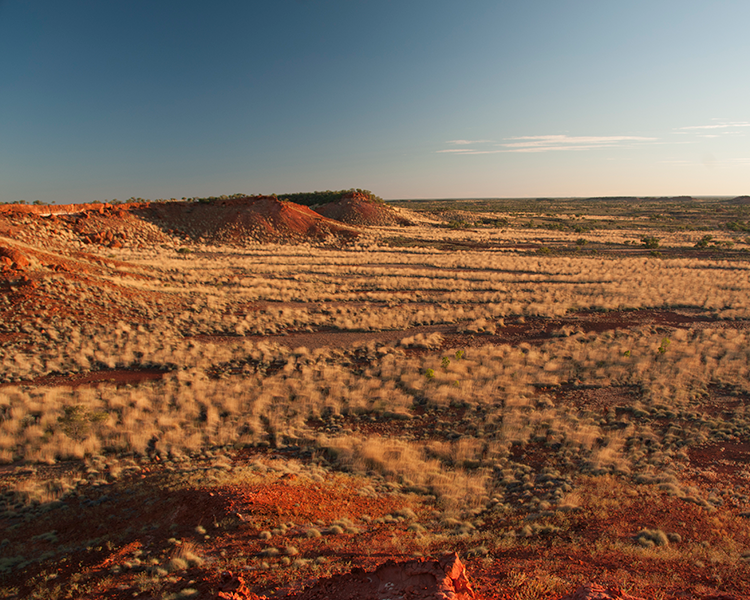
Conserving Australia’s ghost of the arid interior – the night parrot
Tuesday, 26 September 2017 -
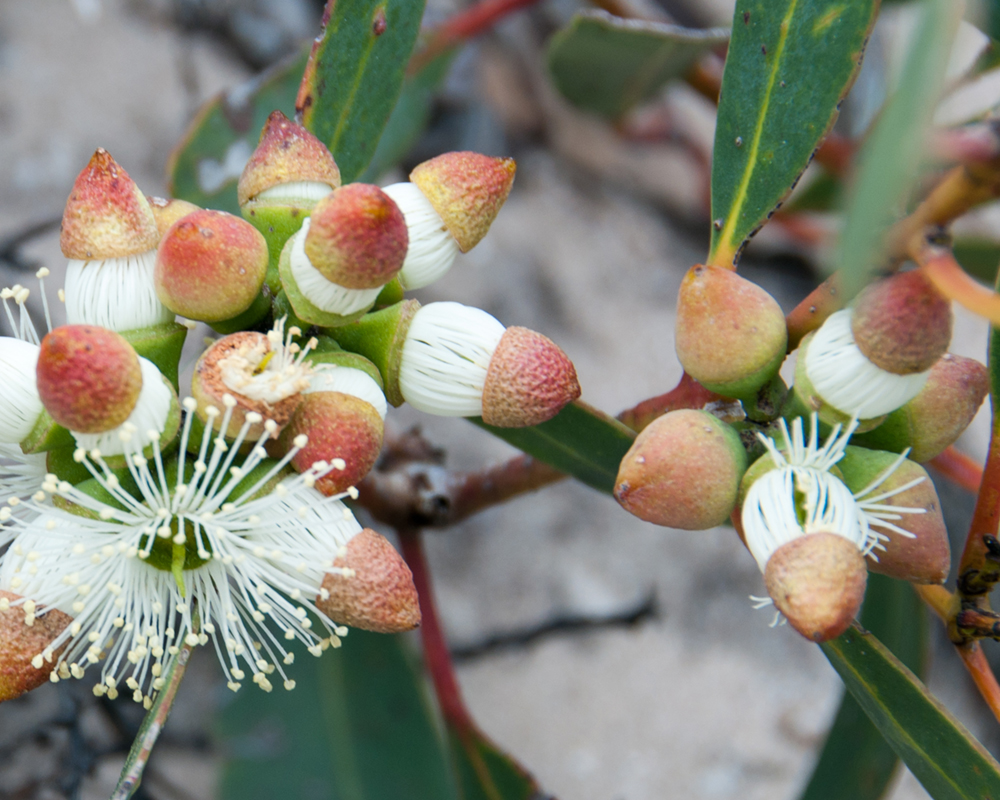
Eucalypt photo competition
Tuesday, 14 May 2019 -
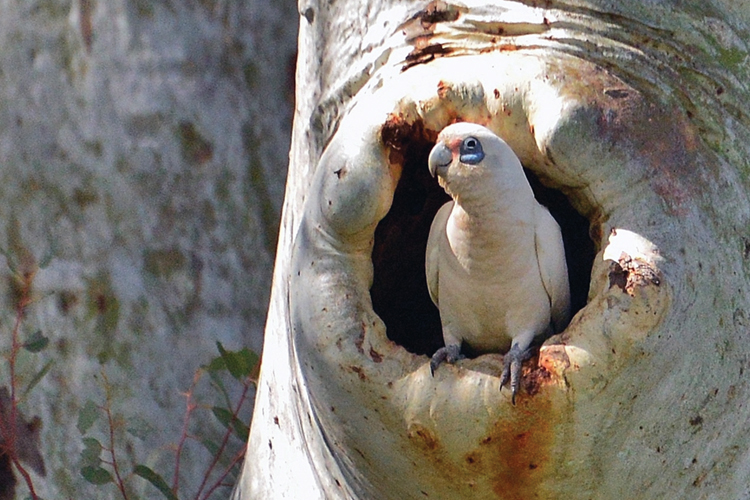
Gimme shelter: Conserving hollow-nesting birds
Tuesday, 12 March 2019 -
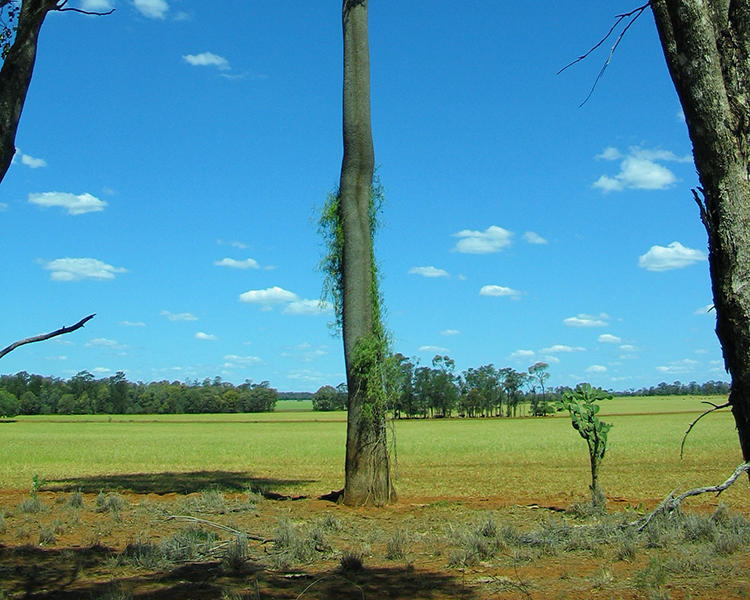
Lost with the brigalow - Rediscovering something lost in order to save what still exists
Tuesday, 13 February 2018 -
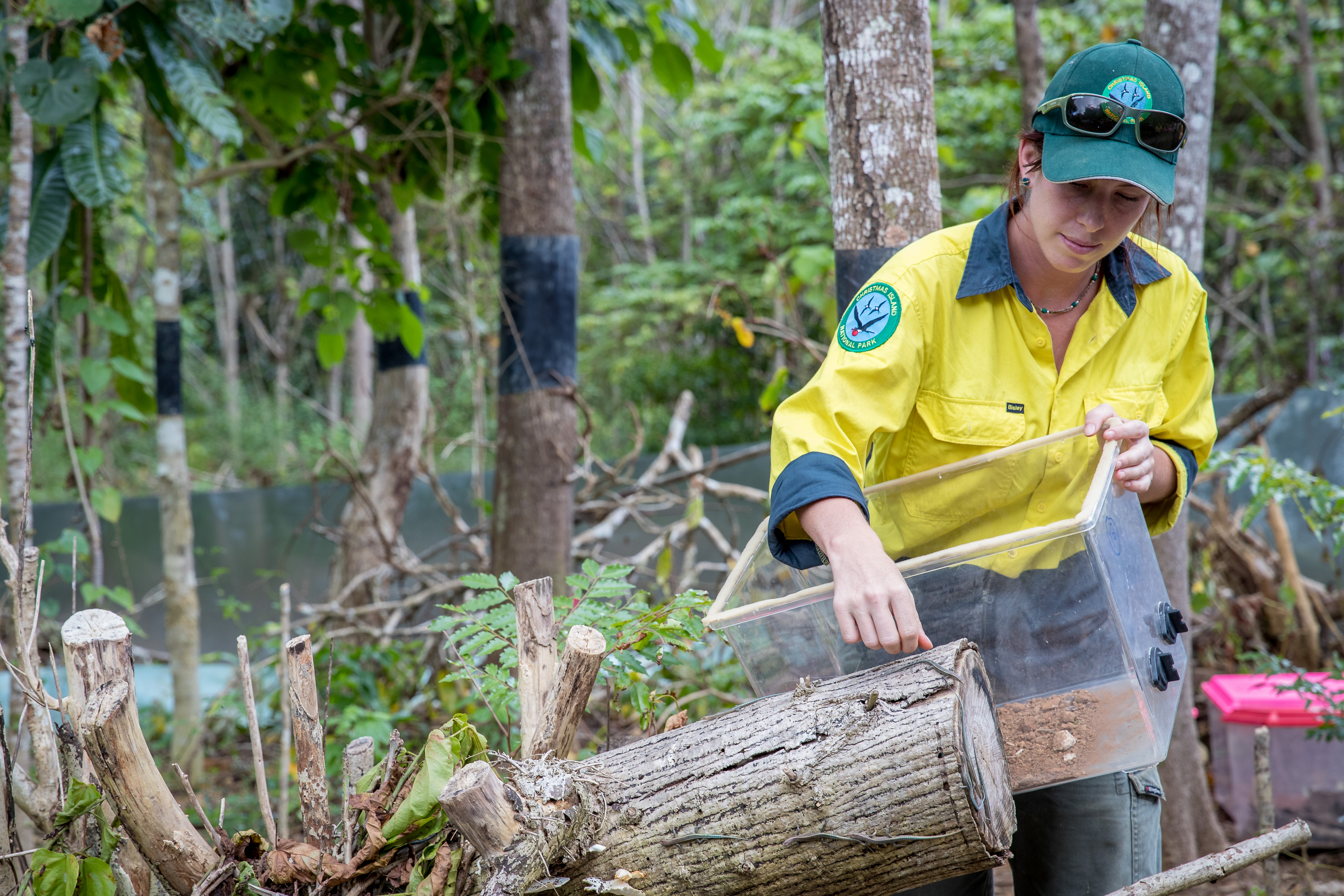
New territory for Christmas Island reptile conservation
Monday, 07 August 2017 -
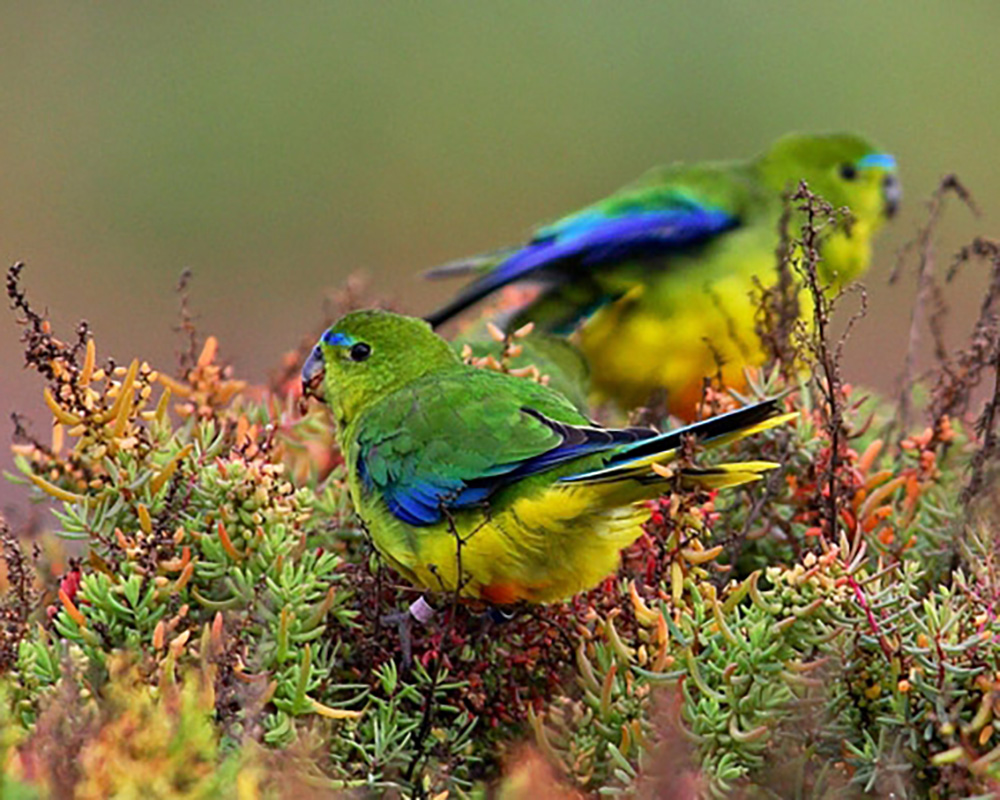
No surprises, no regrets: Identifying Australia's most imperilled animal species
Monday, 24 September 2018 -
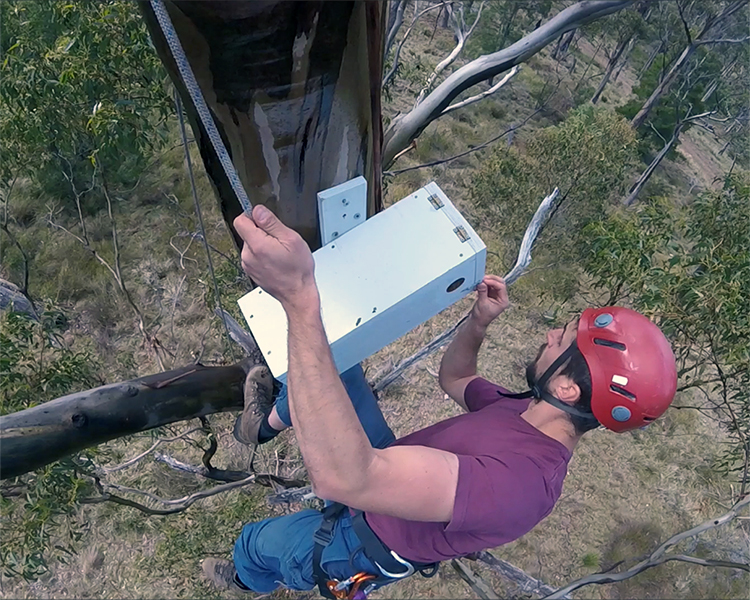
Out of the box - Designing nest boxes for conservation success
Tuesday, 13 February 2018 -
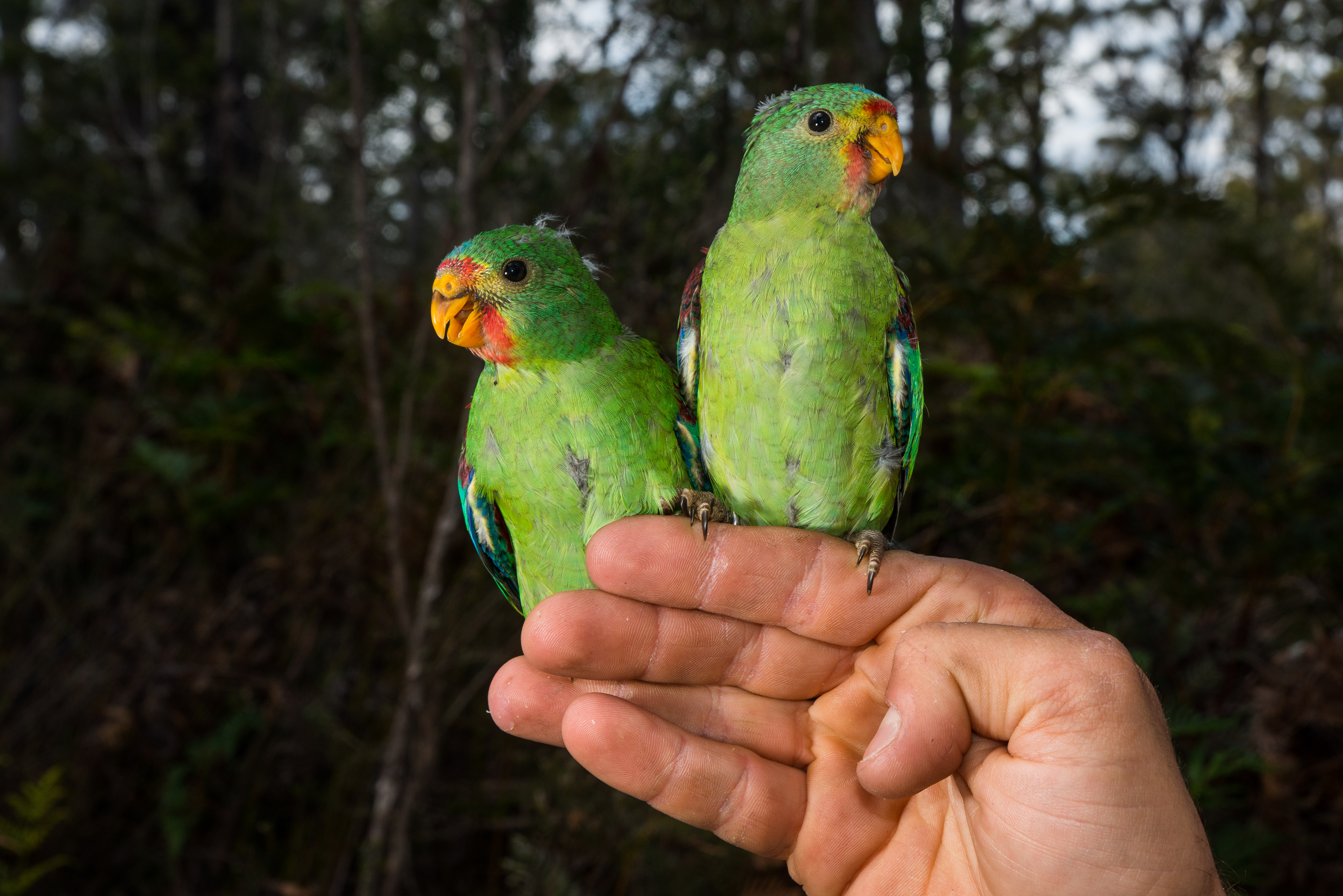
Parrots make swift use of nesting boxes in Tasmania
Monday, 10 October 2016 -
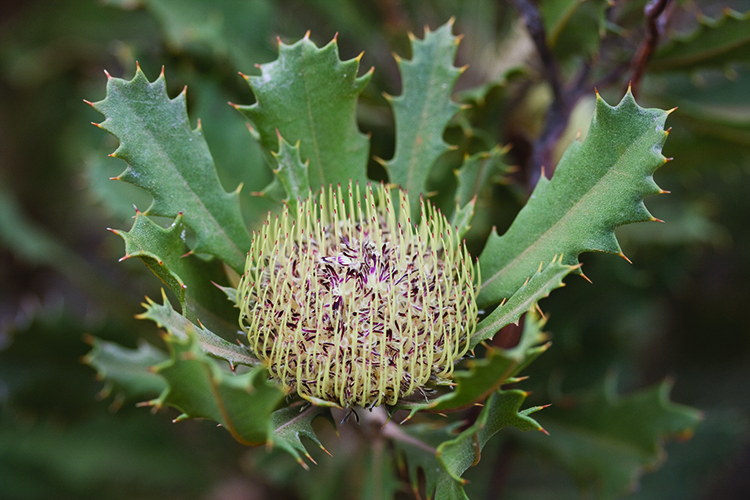
Plants Red Hot List: No surprises, no regrets
Thursday, 08 November 2018 -
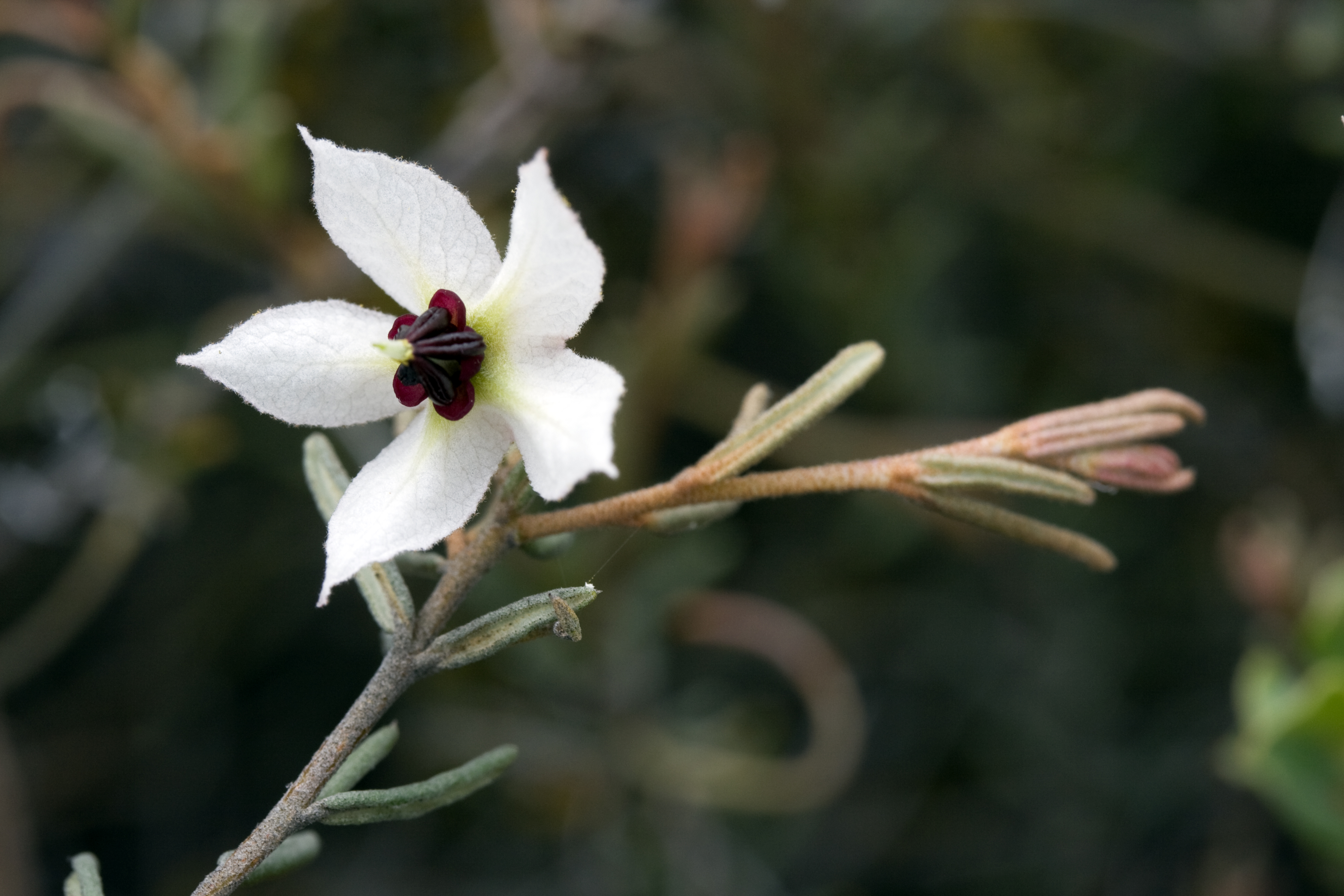
Red Hot List for flora continues to sprout
Thursday, 08 September 2016 -

Red listing our national icon, the gum trees
Sunday, 11 November 2018 -
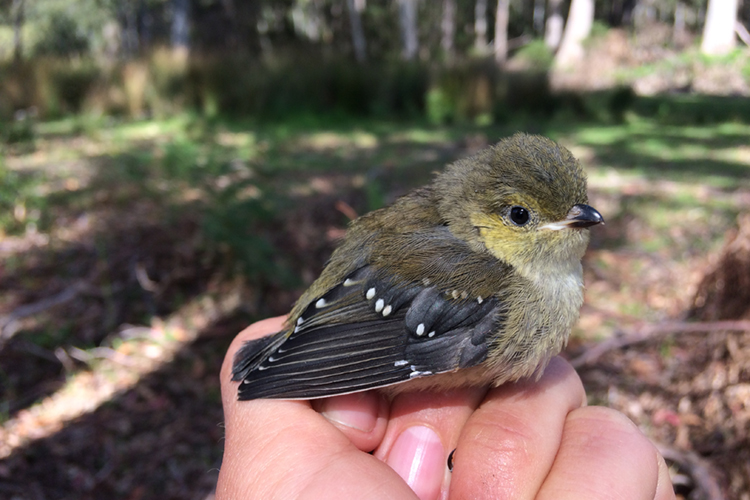
Self-fumigating birds and manna from heaven: The remarkable forty-spotted pardalote
Tuesday, 12 March 2019 -
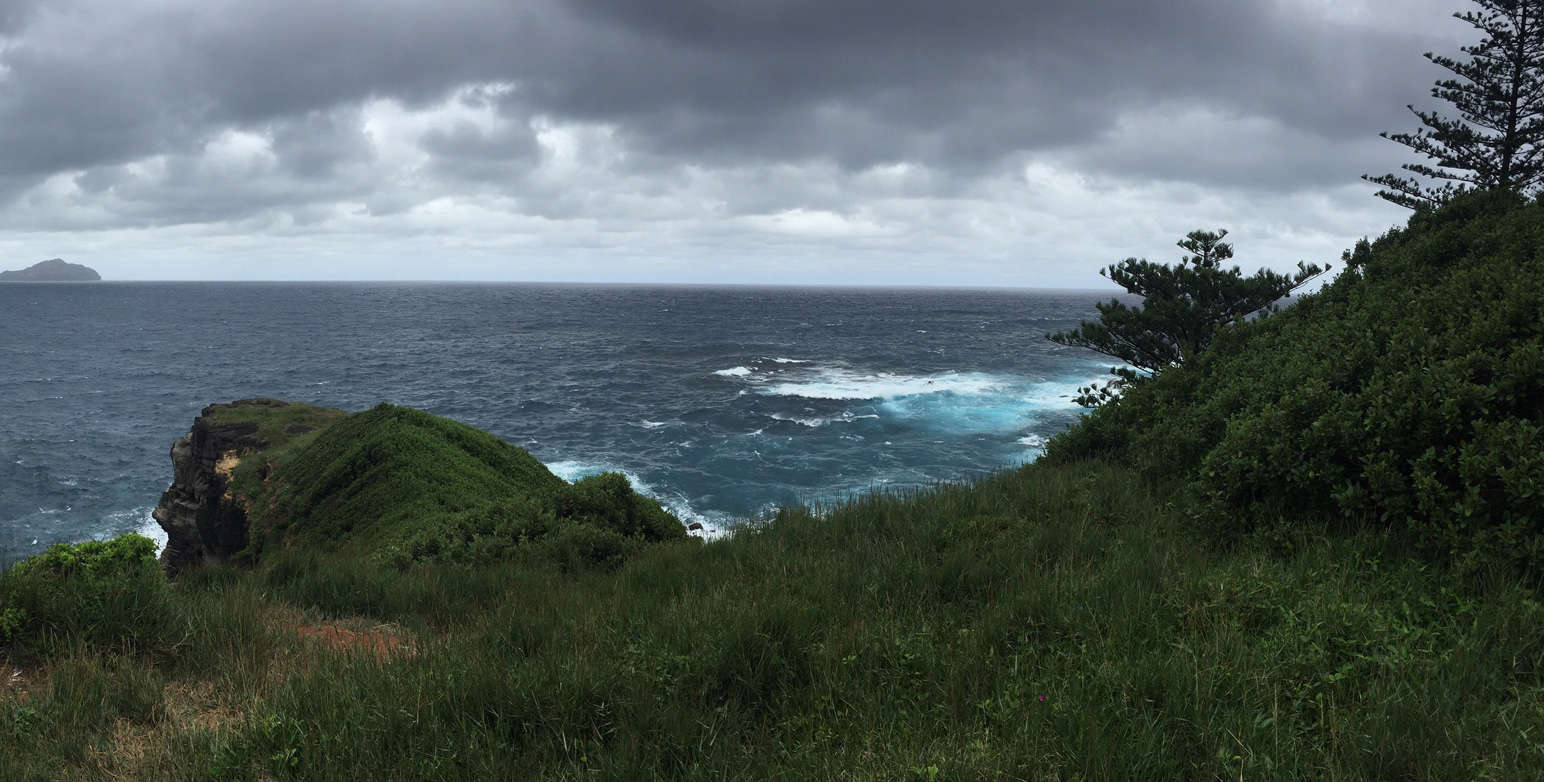
Success, failure and lessons learned on Australian islands
Wednesday, 04 May 2016 -
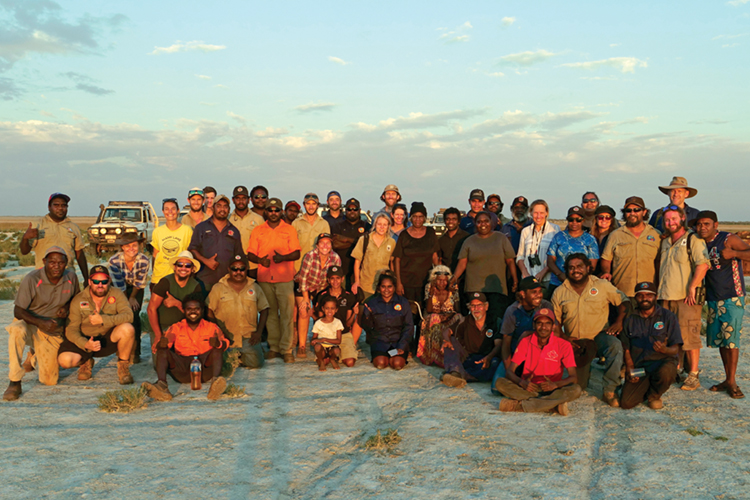
Talking night parrots on Paruku Country
Tuesday, 12 March 2019 -
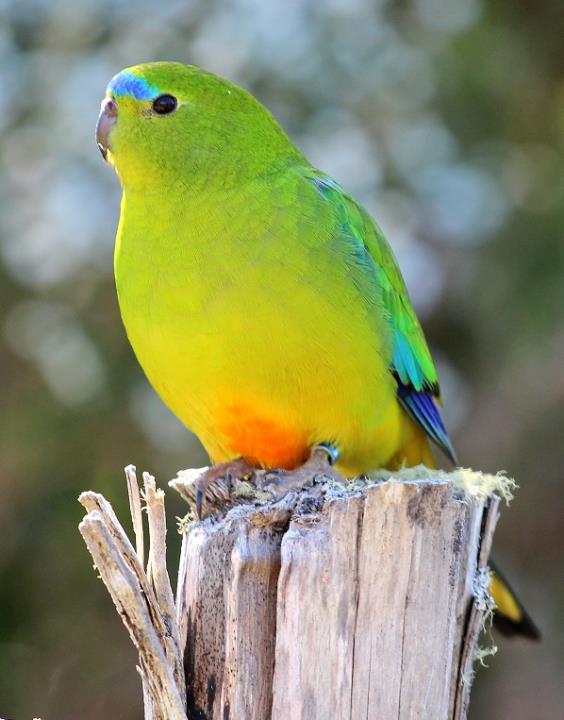
Tasmanian birds top endangered species list
Thursday, 07 July 2016 -
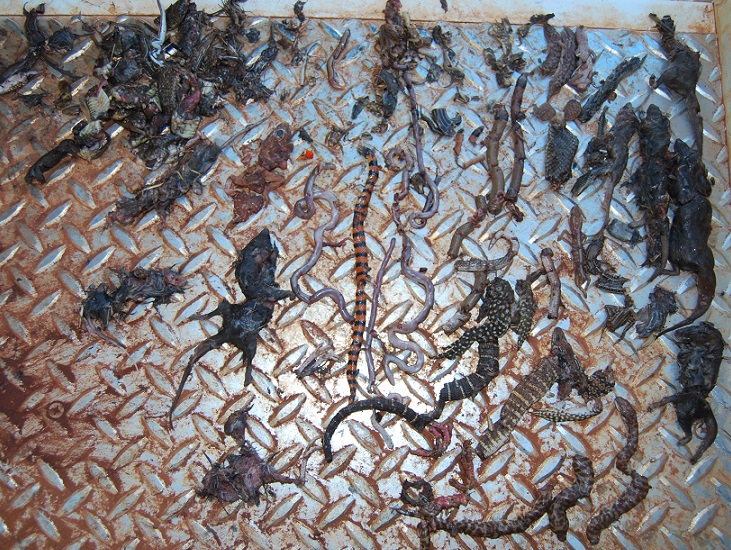
The unnoticed toll of cats on reptiles
Monday, 25 June 2018 -
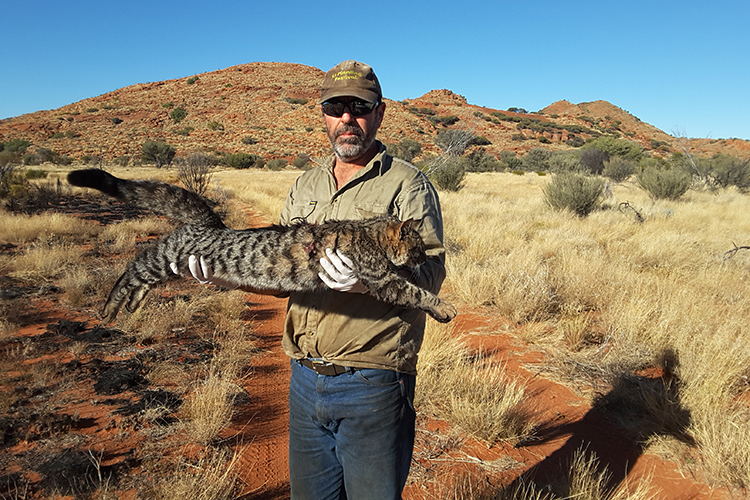
Tracking cats to help the night parrot
Wednesday, 05 June 2019 -
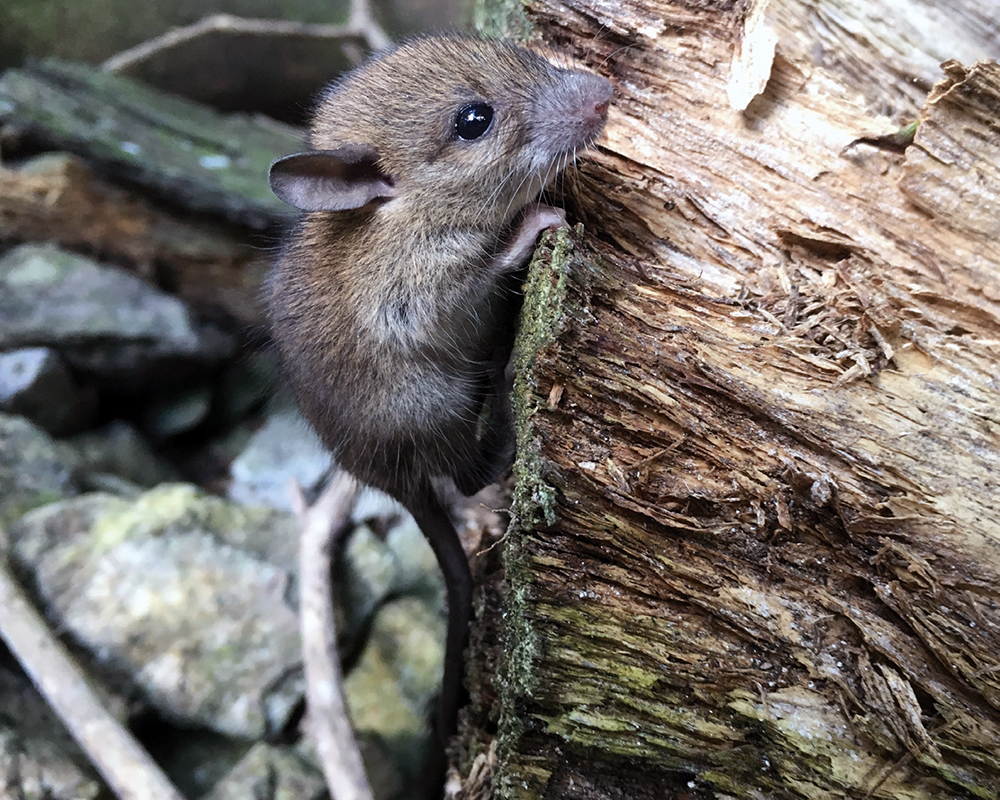
When the cat’s away will the rats play?
Monday, 16 March 2020 -
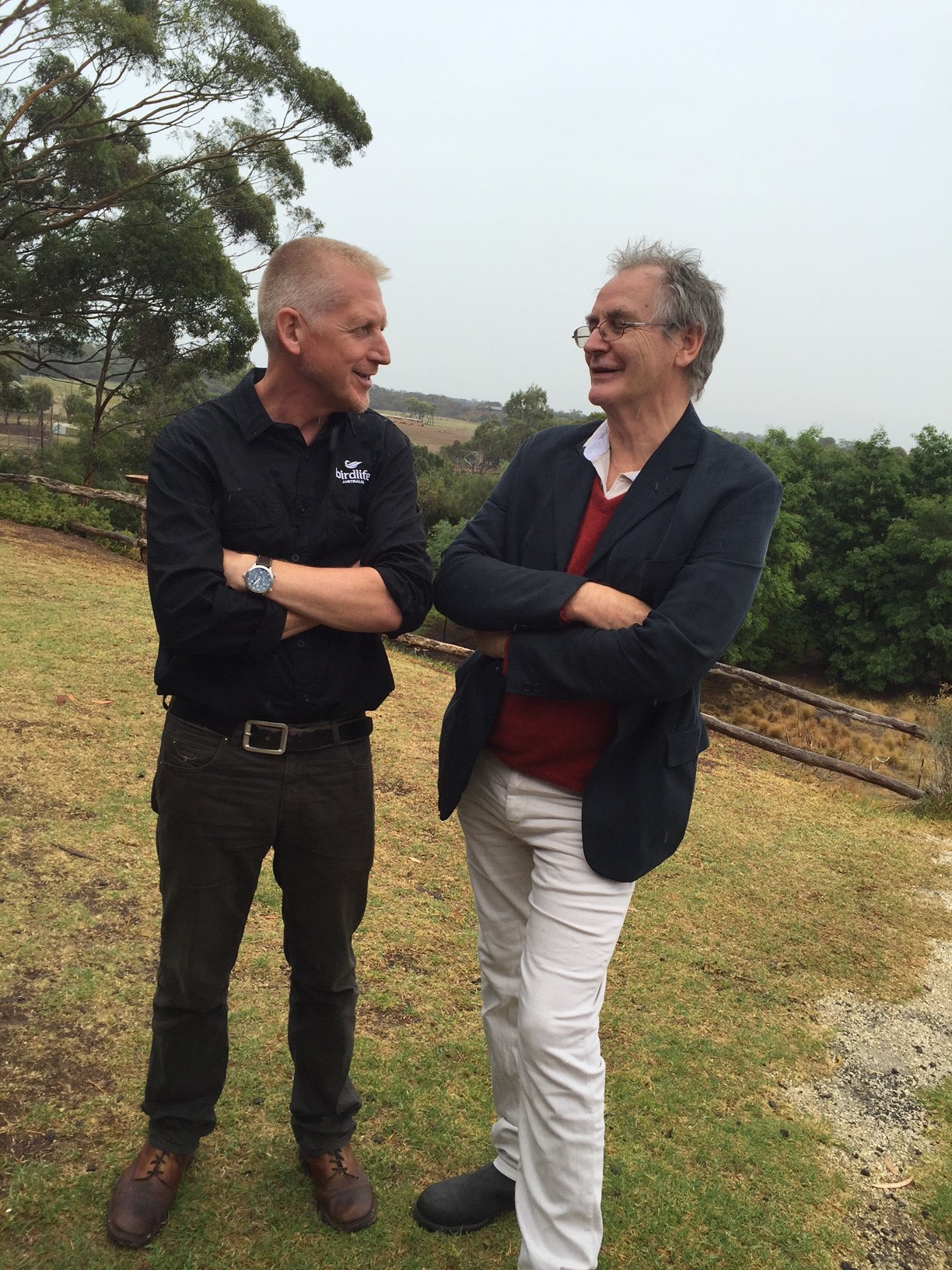
2020 target set for more threatened species
Monday, 28 March 2016 -
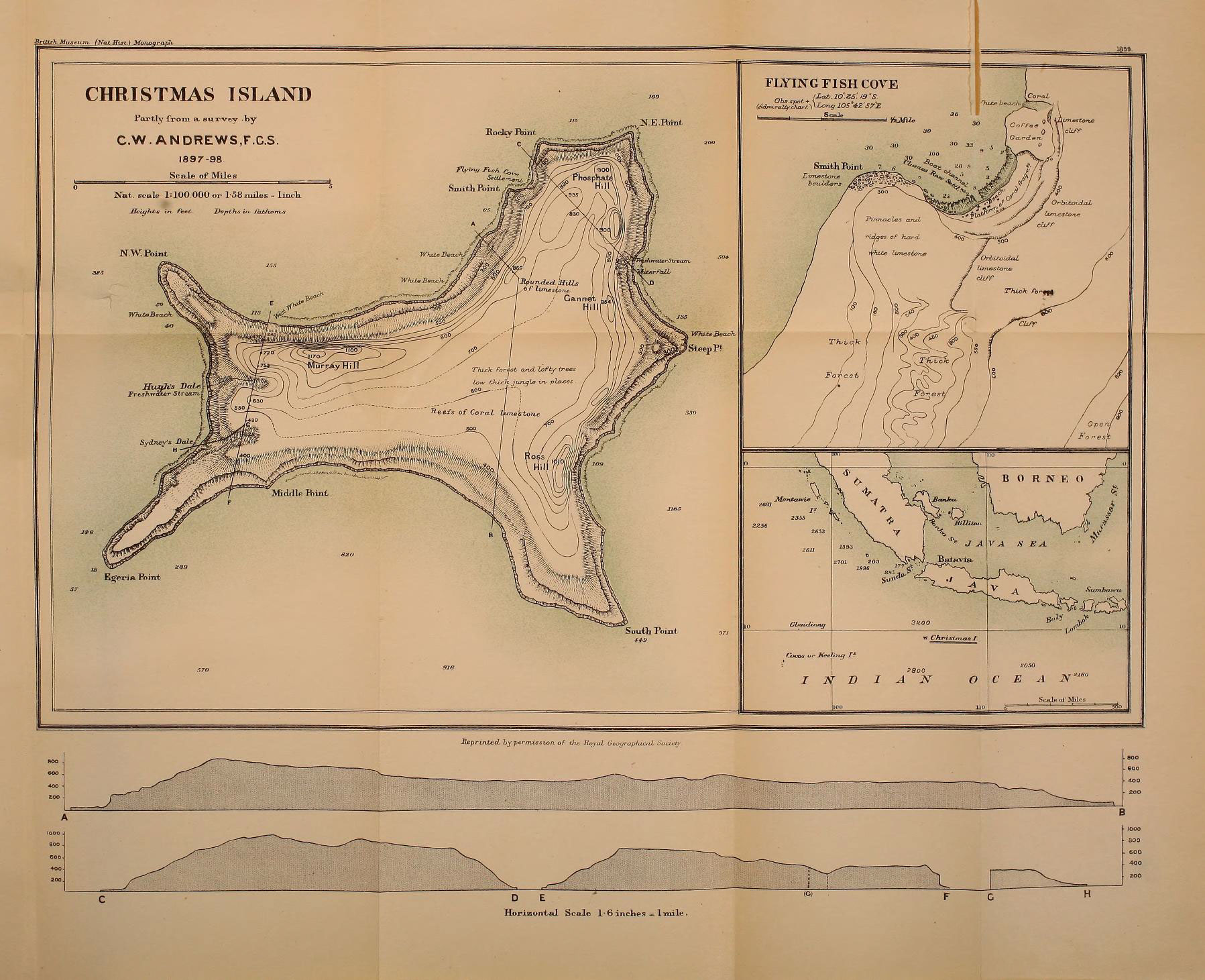
Christmas Island a high priority for the Hub
Sunday, 13 December 2015 -
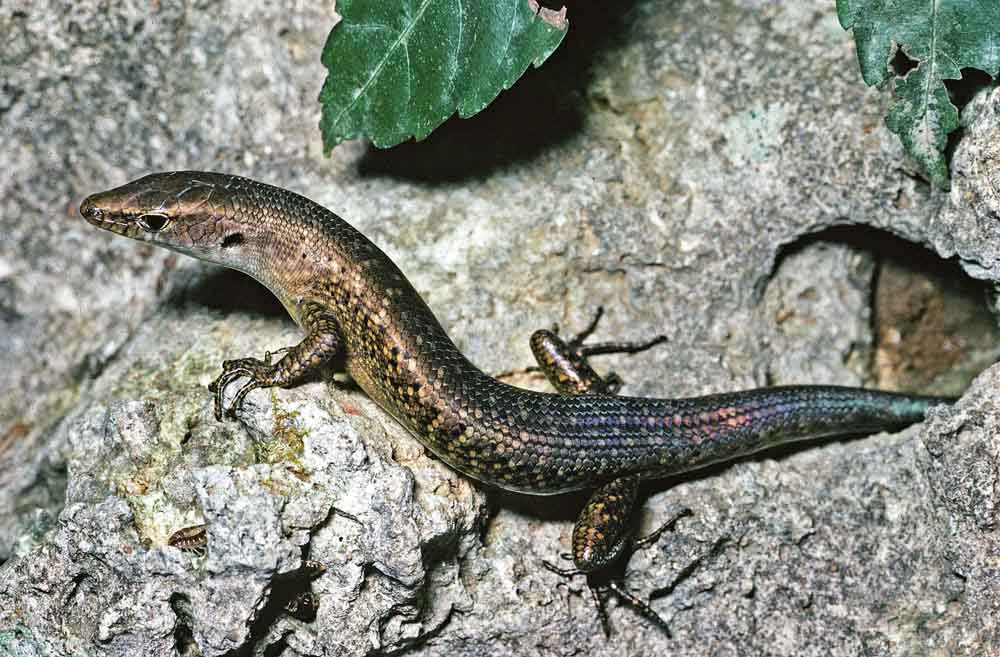
Keeping up with biodiversity loss
Thursday, 26 November 2015 -
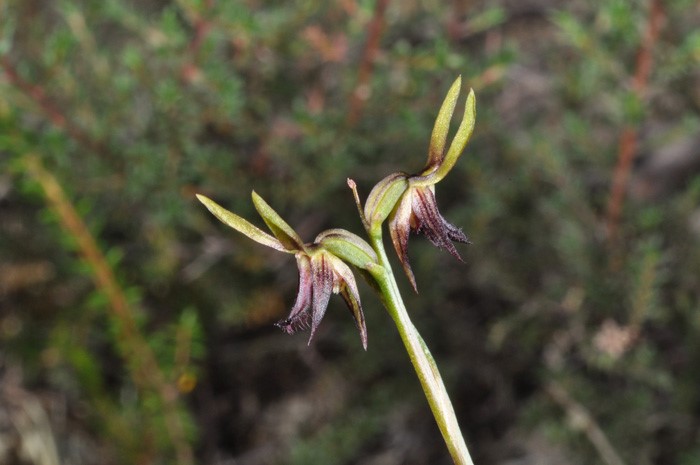
Red alert warning system for threatened plants
Tuesday, 17 May 2016 -
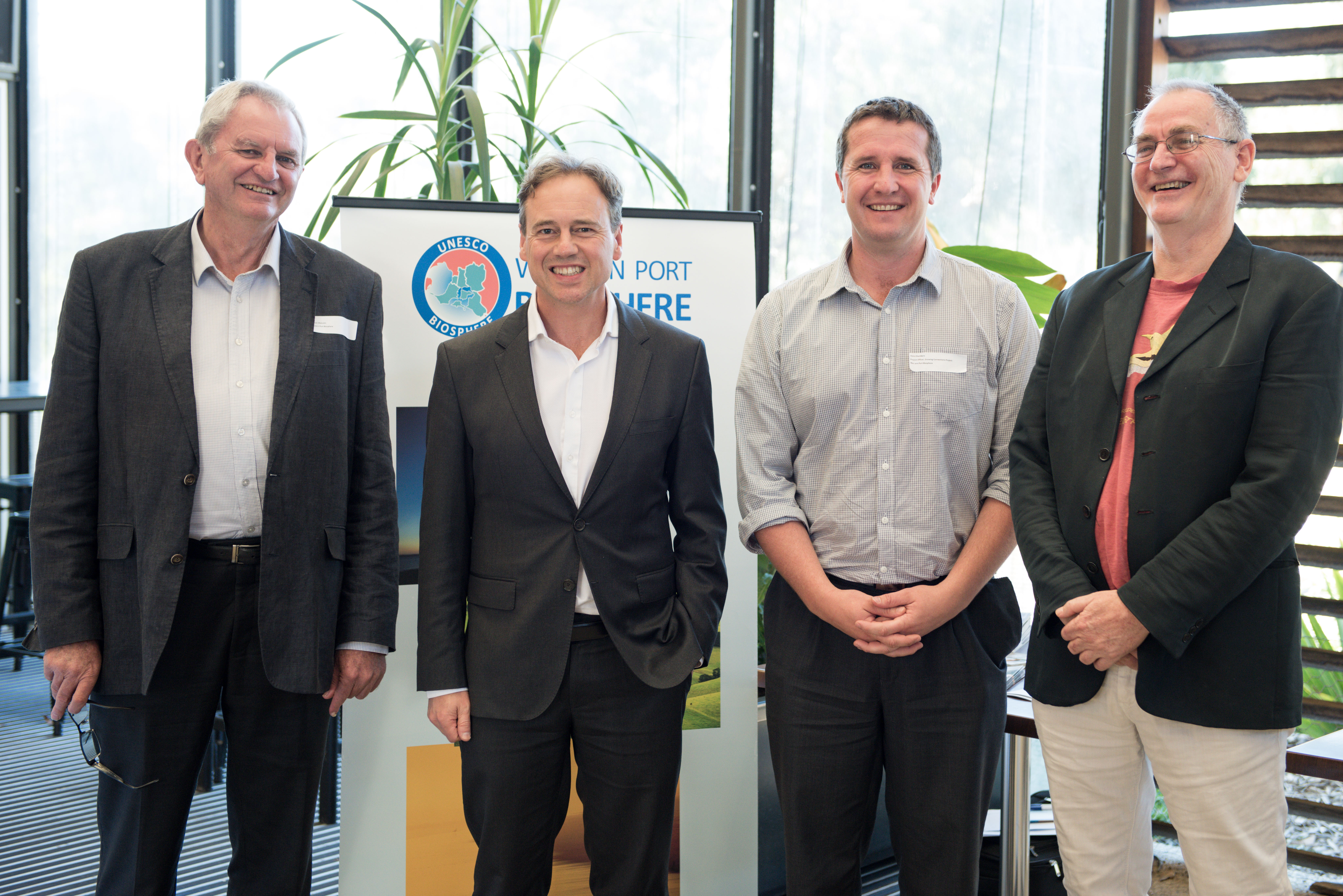
Reflections on loss
Thursday, 09 June 2016 -
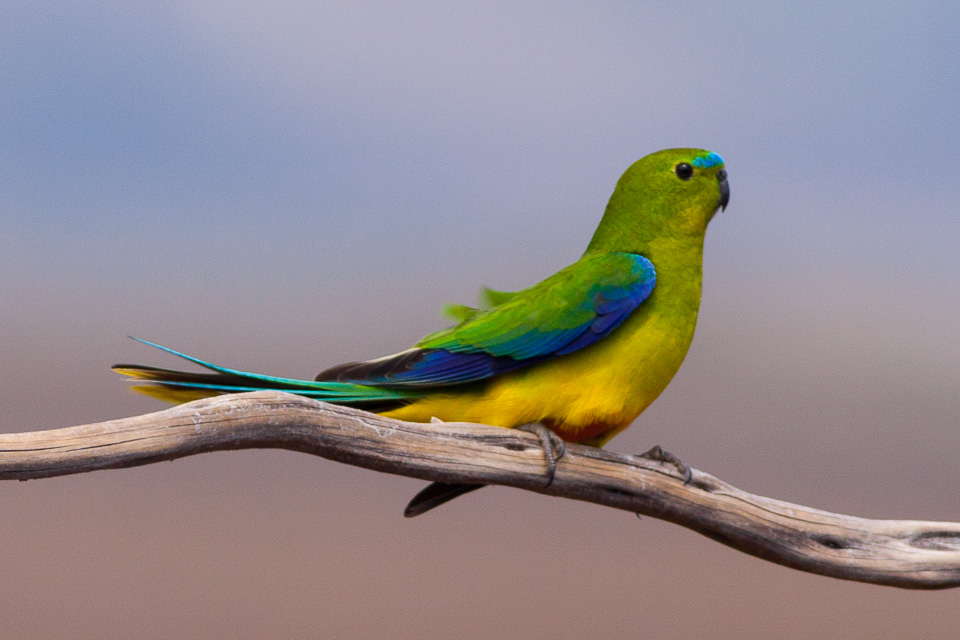
Tackling threats to endangered hollow nesting birds in Tasmania
Friday, 06 May 2016 -

Protecting threatened Christmas Island reptiles from a new disease
Wednesday, 28 October 2020 -
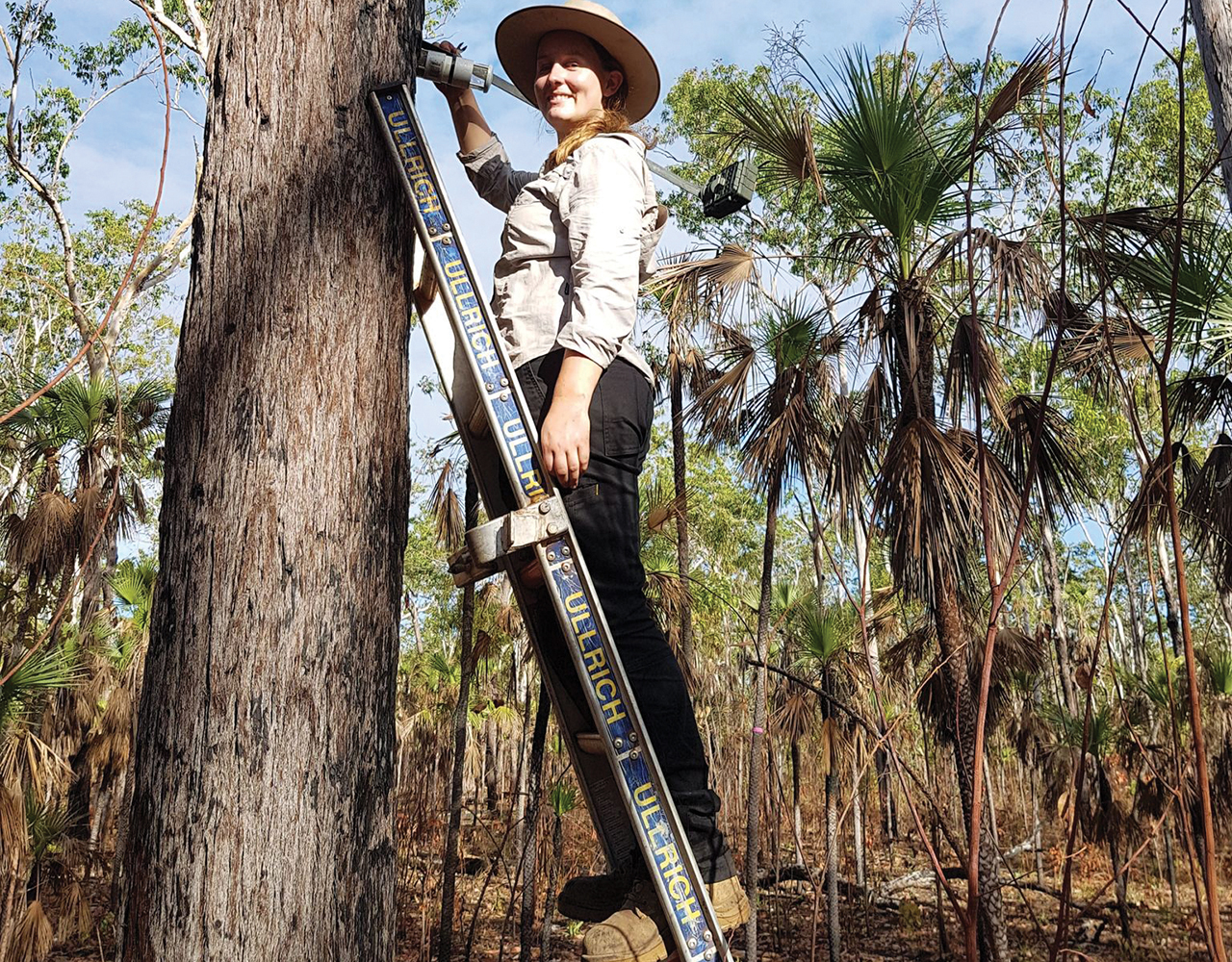
Researcher Profile: Hayley Geyle
Wednesday, 28 October 2020 -

Building collaboration and two-way science
Sunday, 12 December 2021 -
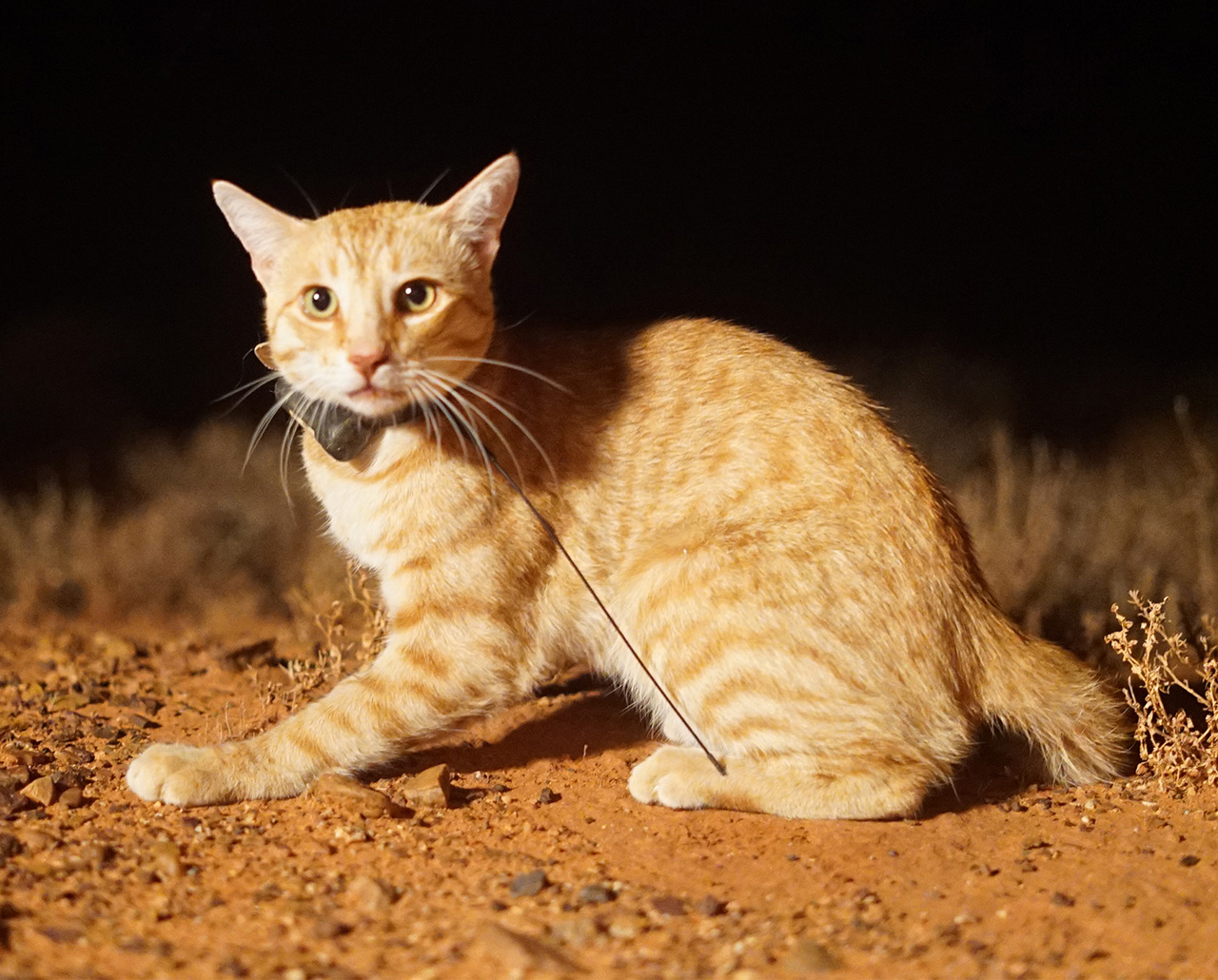
Cat science finalist for Eureka Prize
Monday, 28 September 2020 -
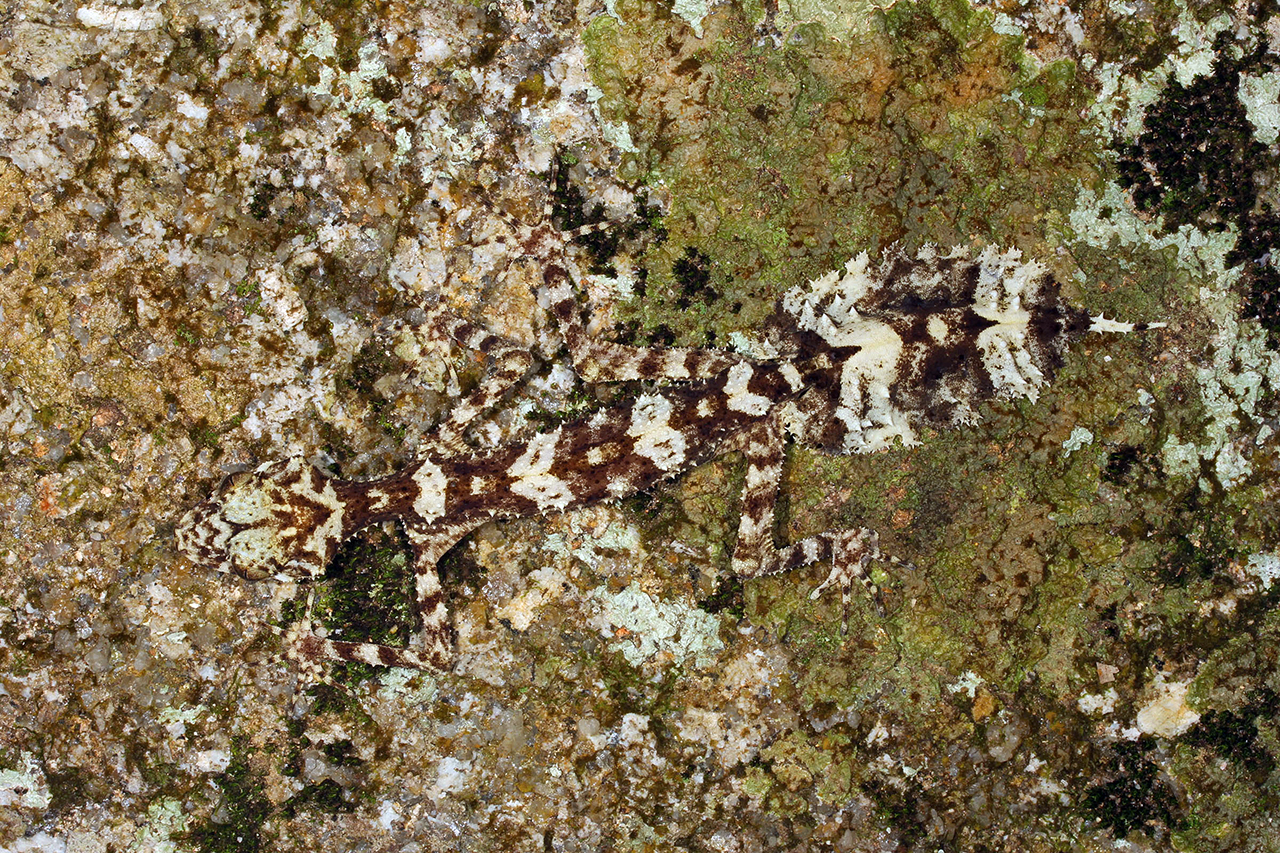
Aussie icons at risk: Scientists name 20 snakes and lizards on path to extinction
Tuesday, 29 September 2020 -

22 Australian freshwater fish at risk of extinction
Tuesday, 29 September 2020 -
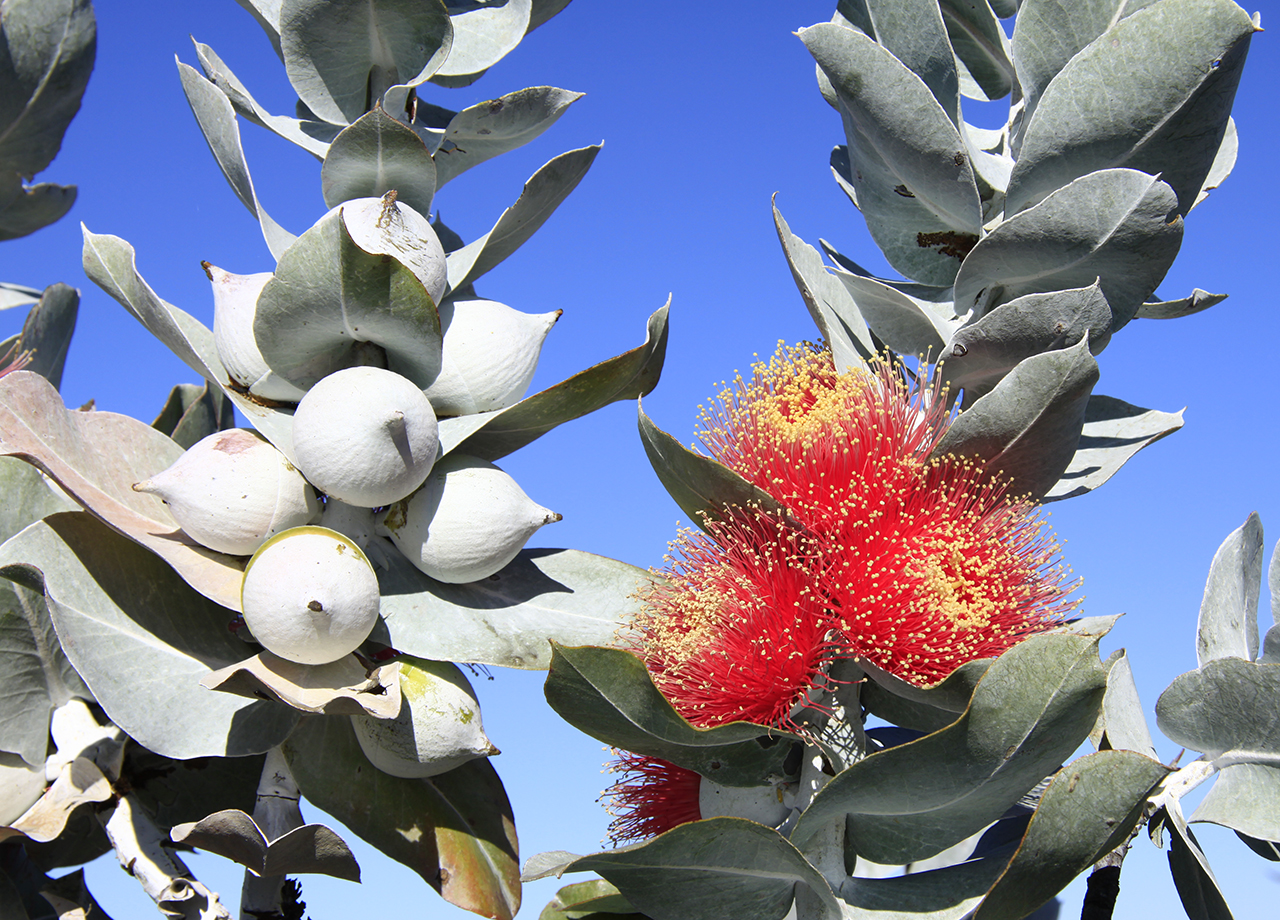
Over 100 eucalypt tree species newly recommended for threatened listing
Thursday, 22 October 2020 -
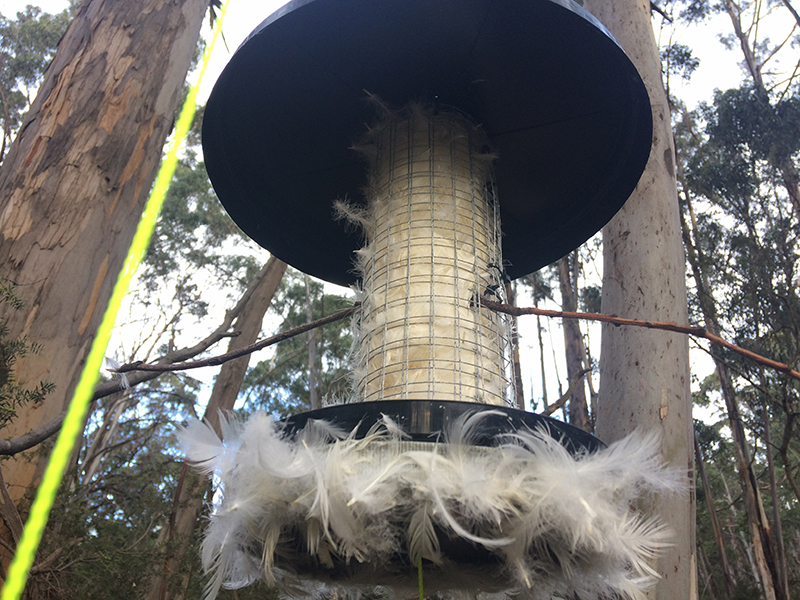
Researchers help endangered birds to ‘self-fumigate’ their nests
Thursday, 22 October 2020 -
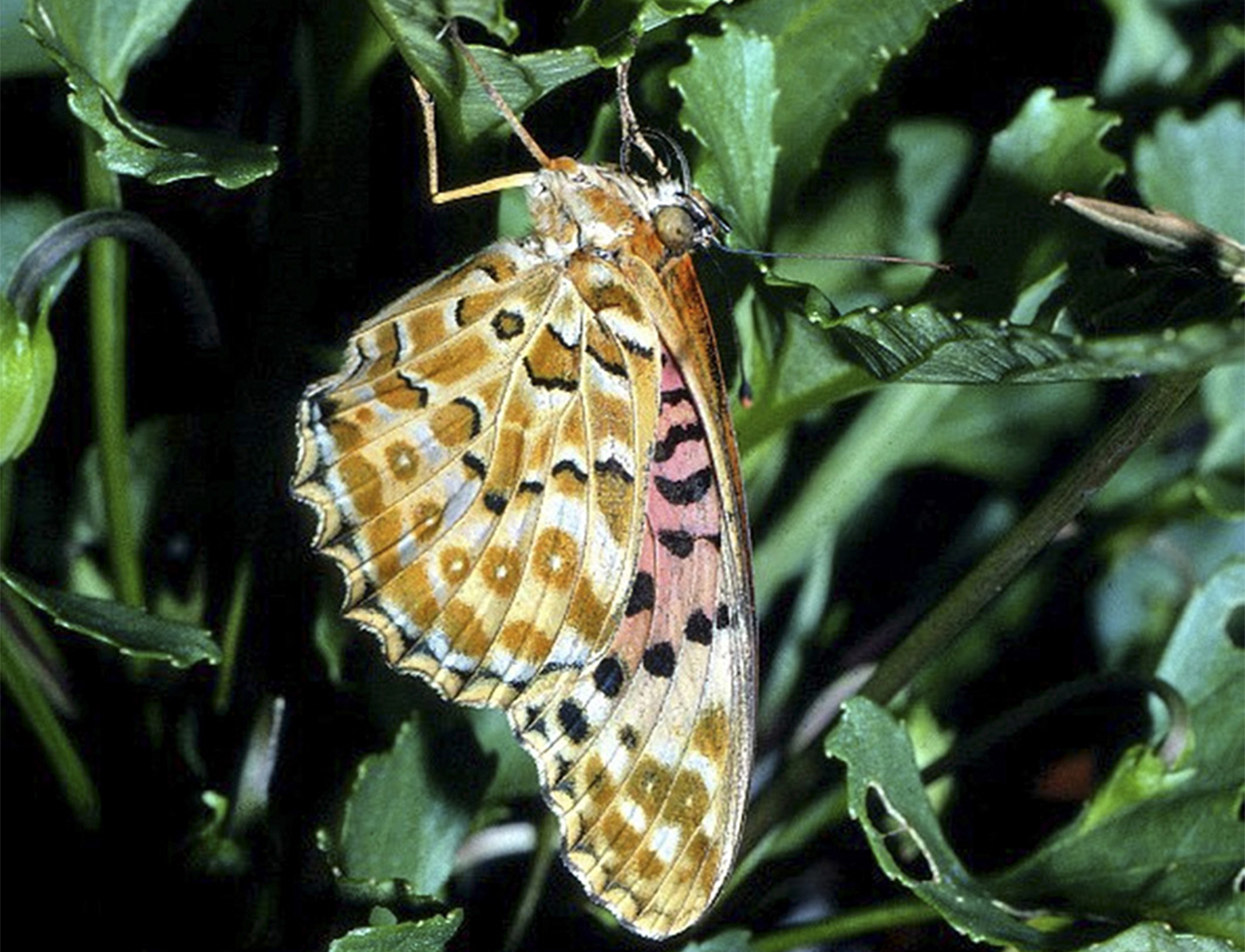
‘Australian Fritillary’ and ‘Pale Imperial Hairstreak’ top list of butterflies at risk of extinction
Tuesday, 27 April 2021 -
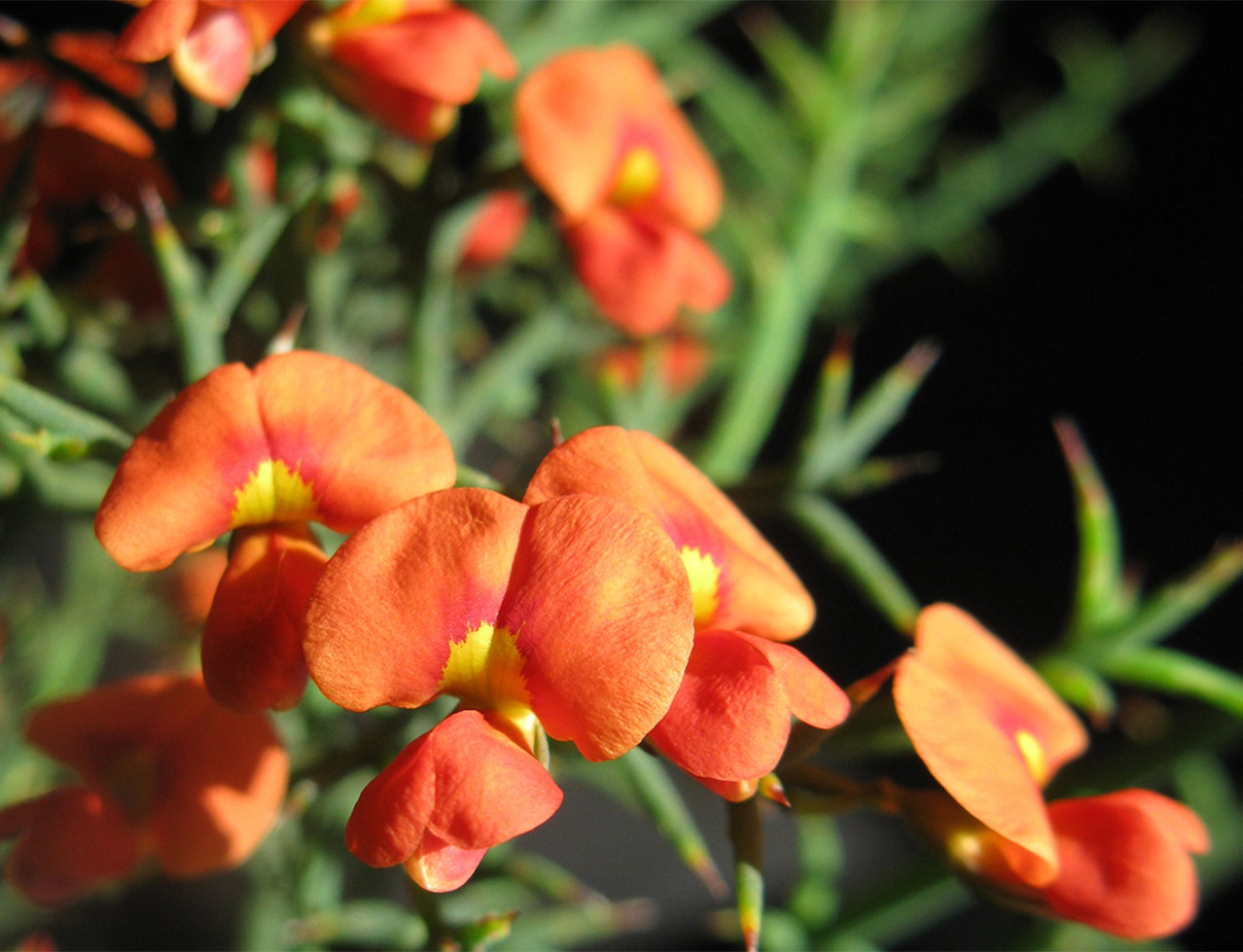
Imperiled Plant Action Plan identifies the 50 plants at greatest risk of extinction and how to save them
Thursday, 13 May 2021 -
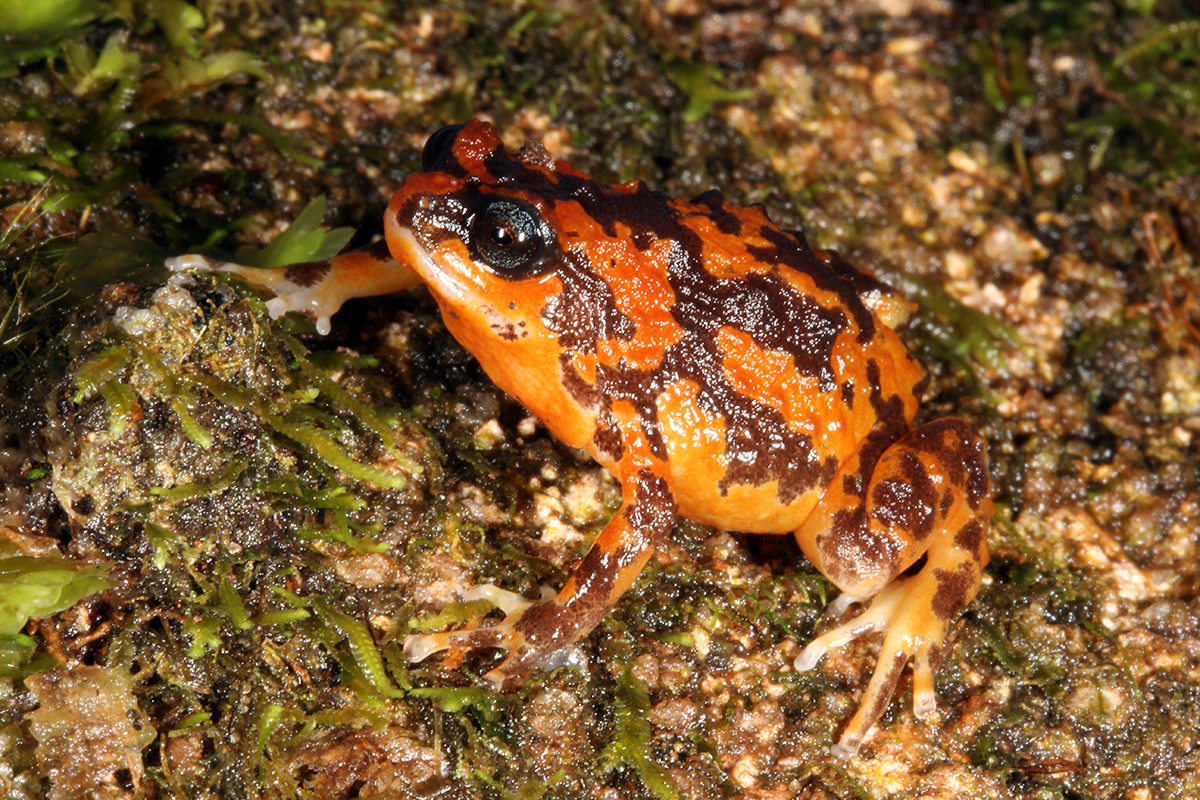
These frogs need our help: Scientists name the Australian frogs at greatest risk of extinction, four likely already lost
Friday, 20 August 2021
Related Videos
-

The Australian freshwater fishes at greatest risk of extinction
Tuesday, 01 September 2020 -

Combating a conservation catastrophe: Understanding and managing cat impacts on wildlife
Tuesday, 06 October 2020 -

Preventing extinctions of Australian lizards and snakes
Tuesday, 02 February 2021 -

Species of the Desert Festival 2019
Friday, 27 March 2020 -

Looking for night parrots
Monday, 27 July 2020 -

Talking night parrots on Paruku Country
Monday, 27 July 2020 -

Saving Tasmania's difficult birds
Monday, 27 July 2020 -

Action Plan for Australia's Imperilled Plants - 2021
Thursday, 13 May 2021 -

Please save these frogs: The 26 Australian species at greatest risk of extinction
Friday, 20 August 2021
Publications & Tools
Australia-first research reveals staggering loss of threatened plants over 20 years
Popular articles
Popular articles
Photosensitive automated doors to exclude small nocturnal predators from nest boxes
Journal articles
Journal articles
